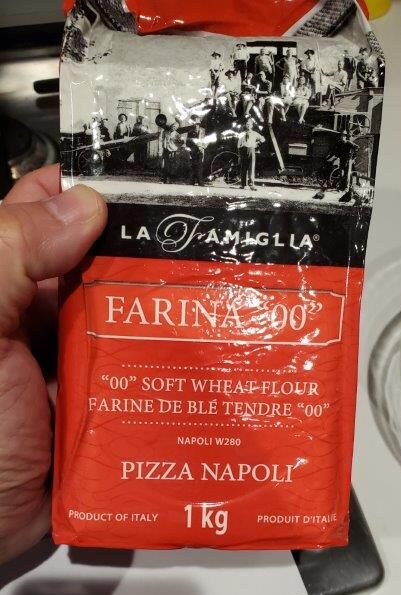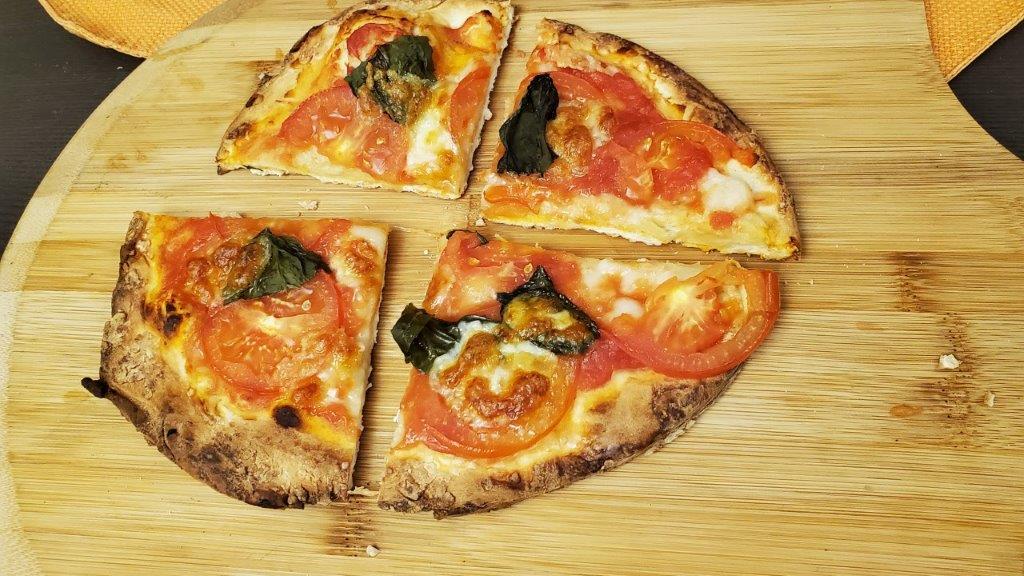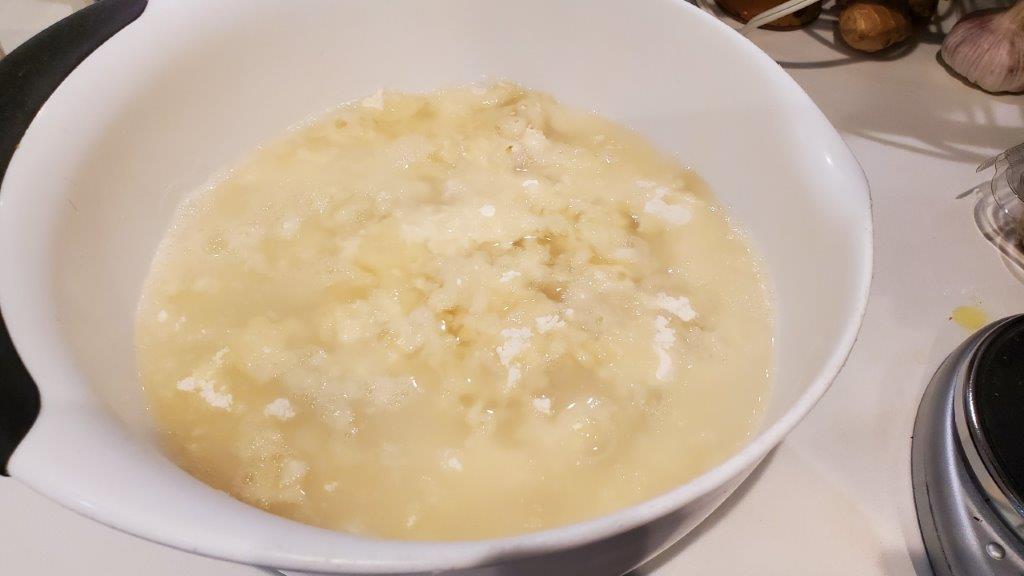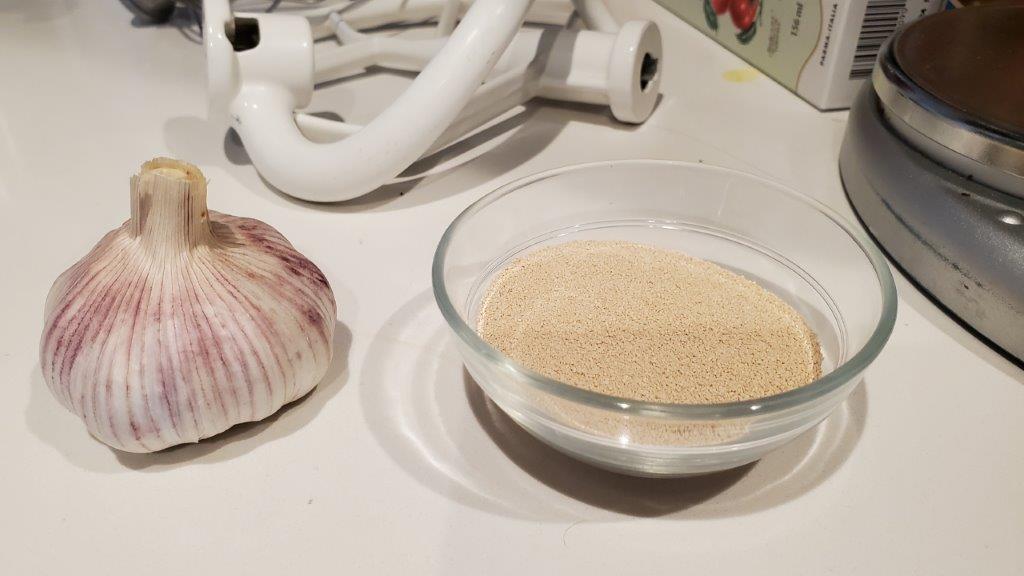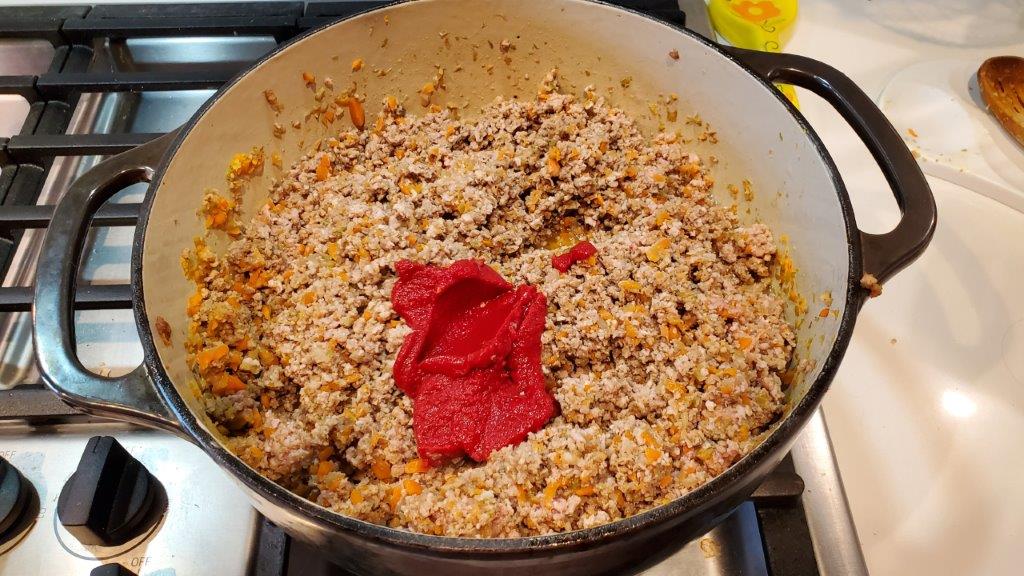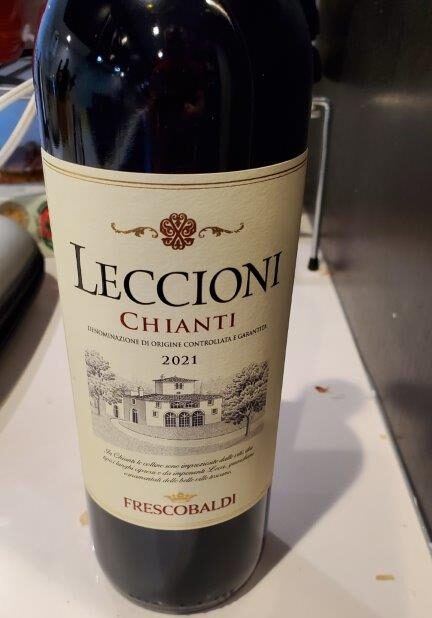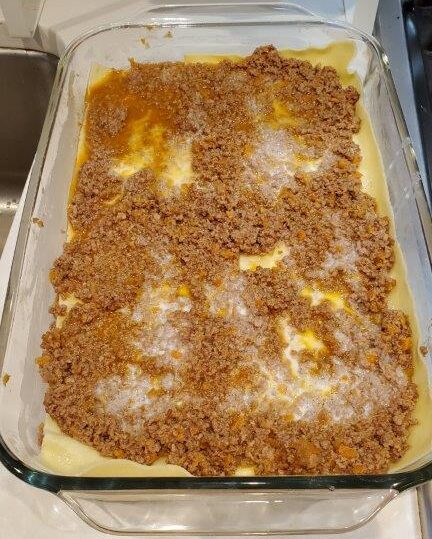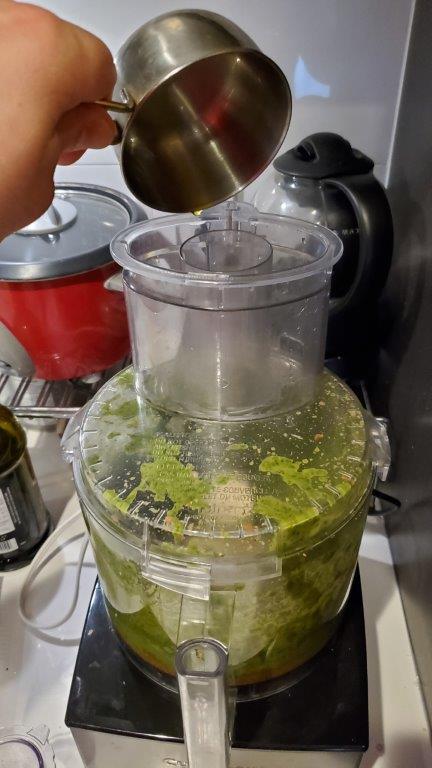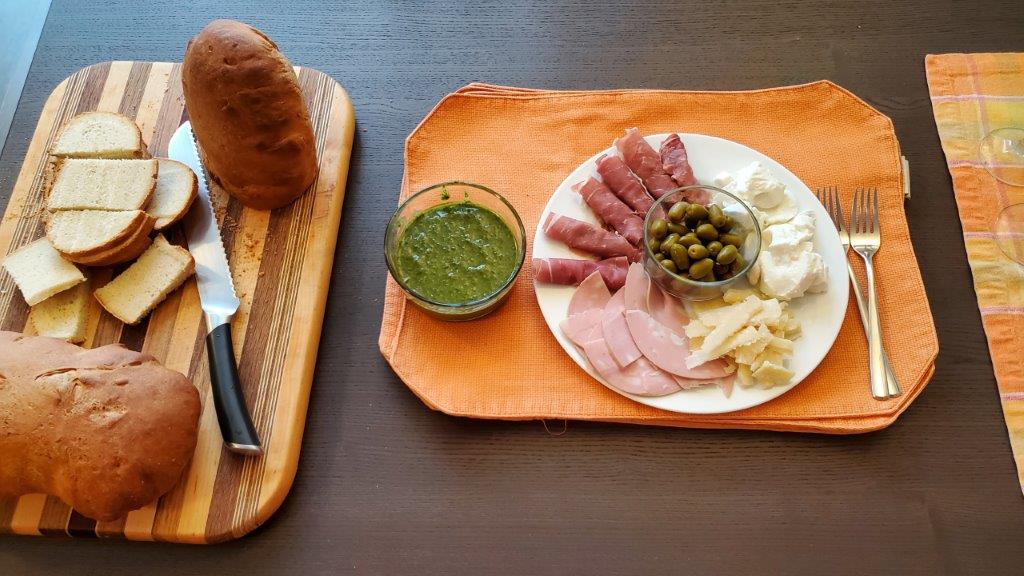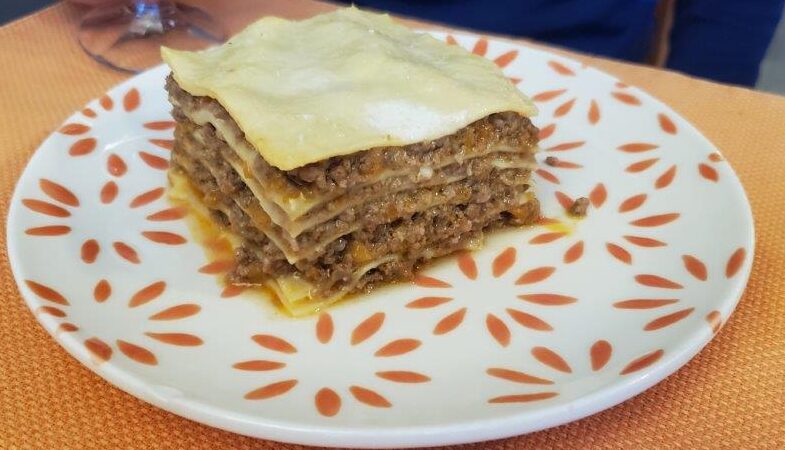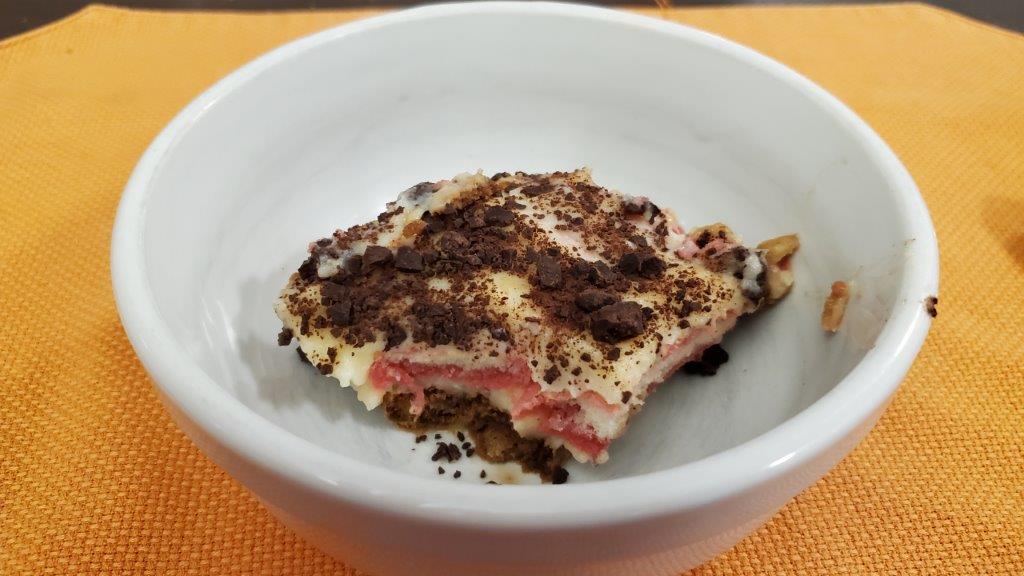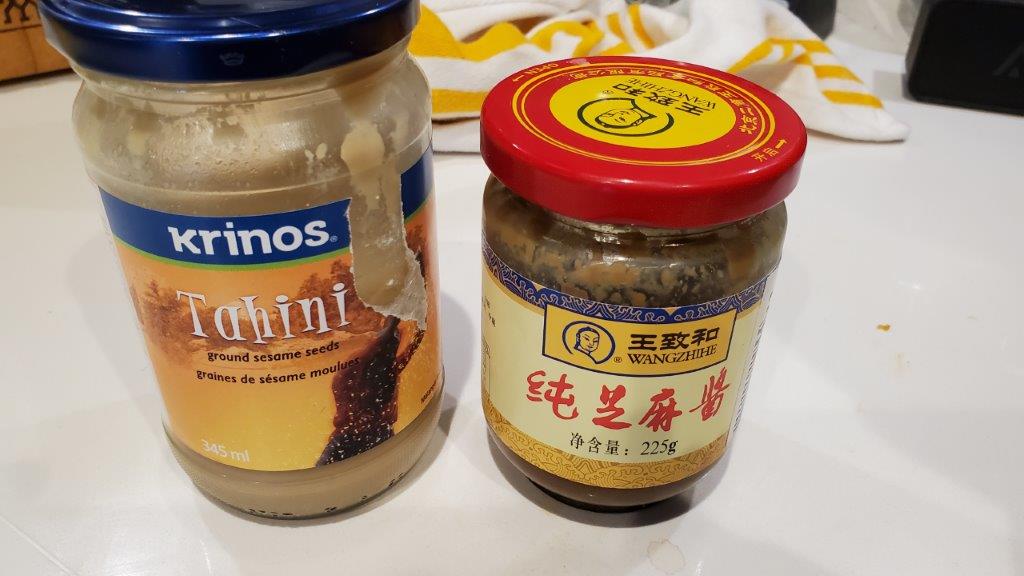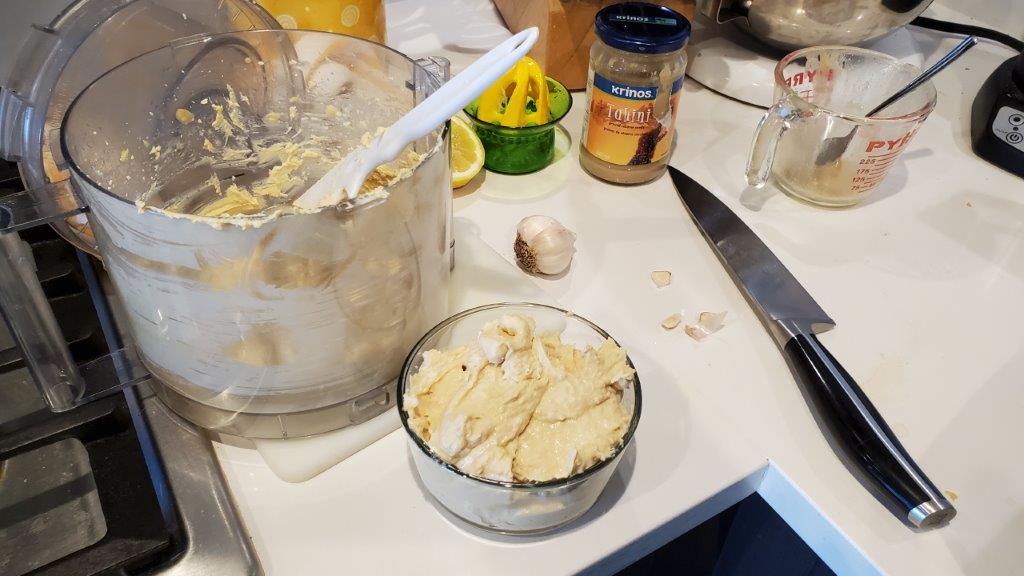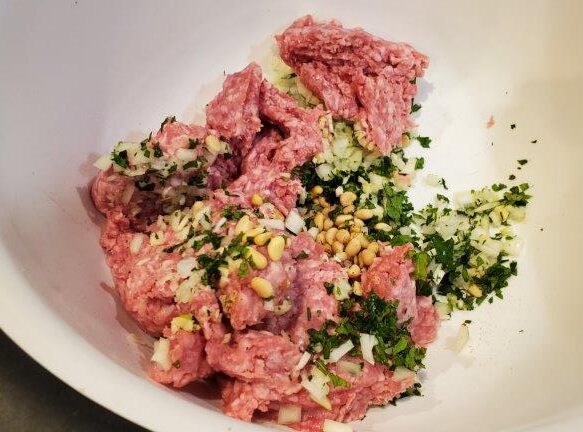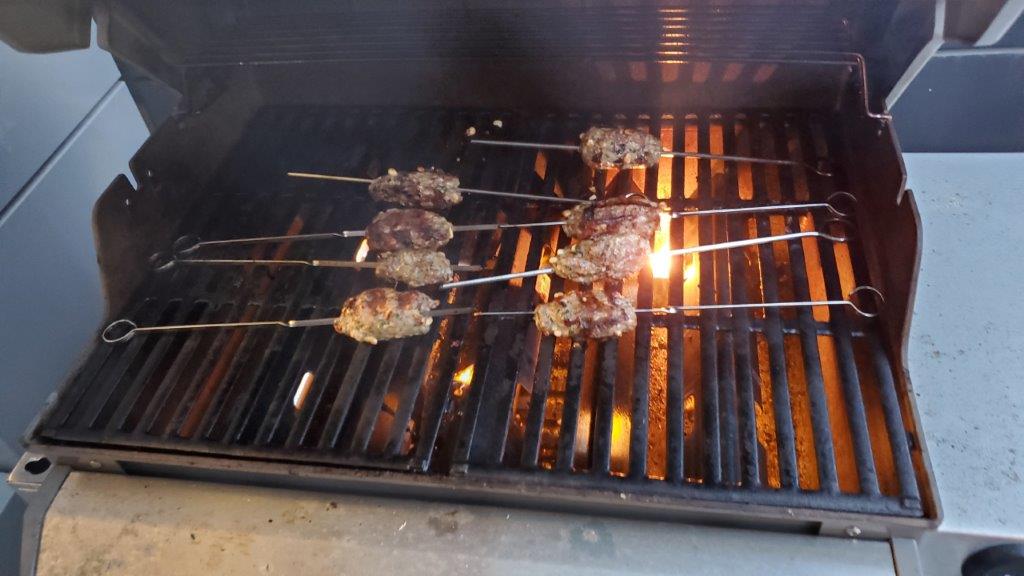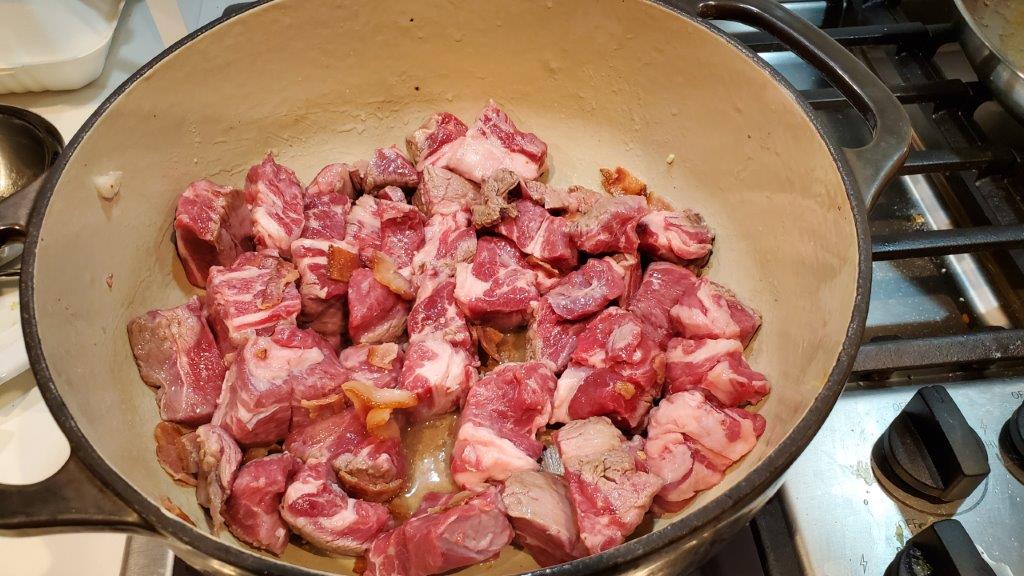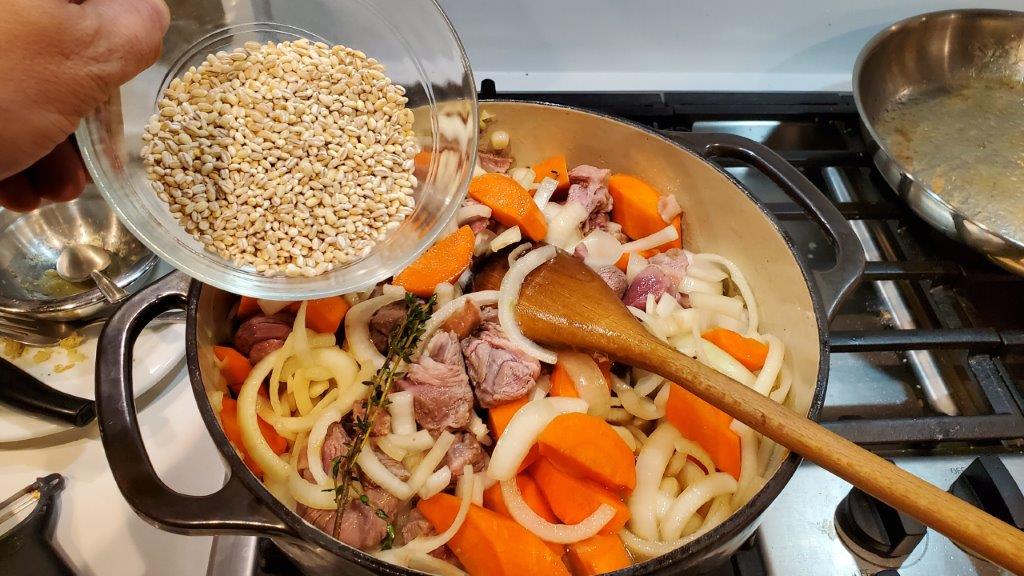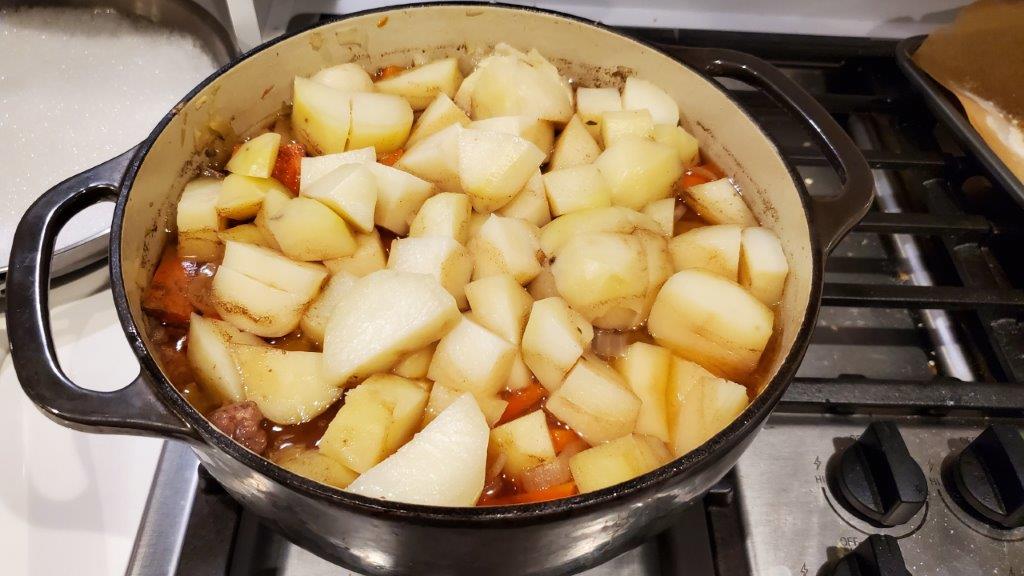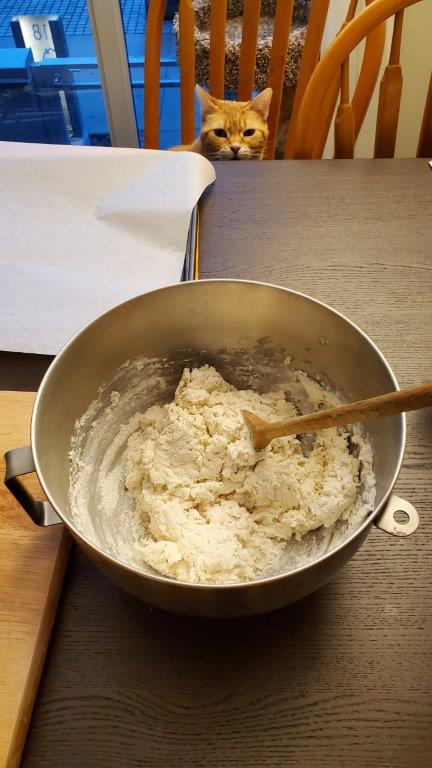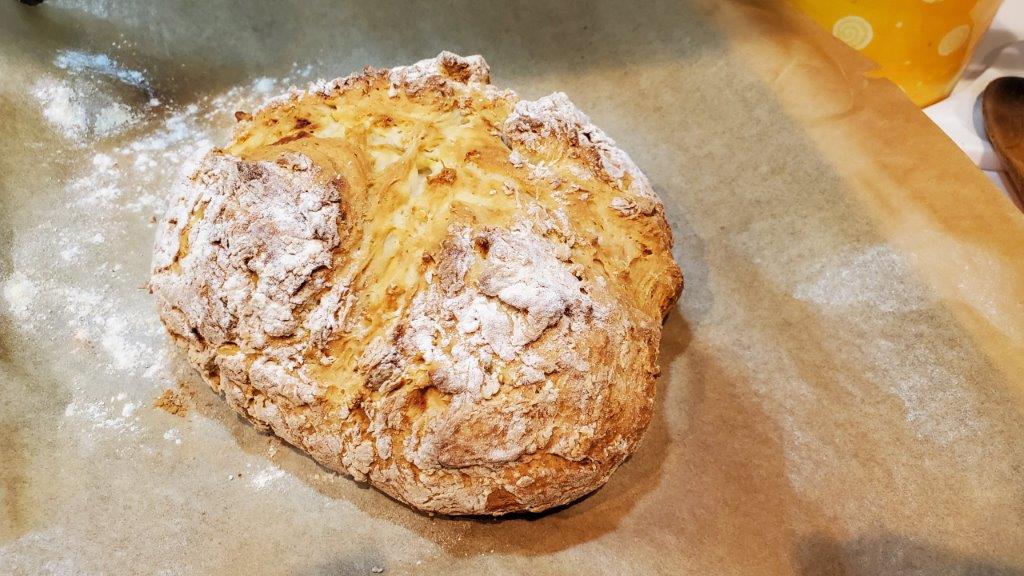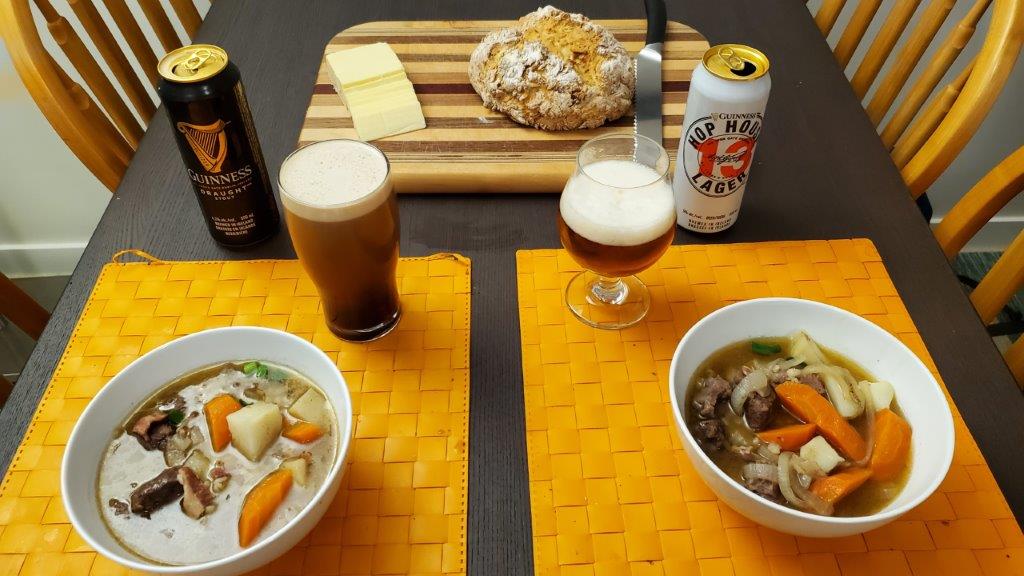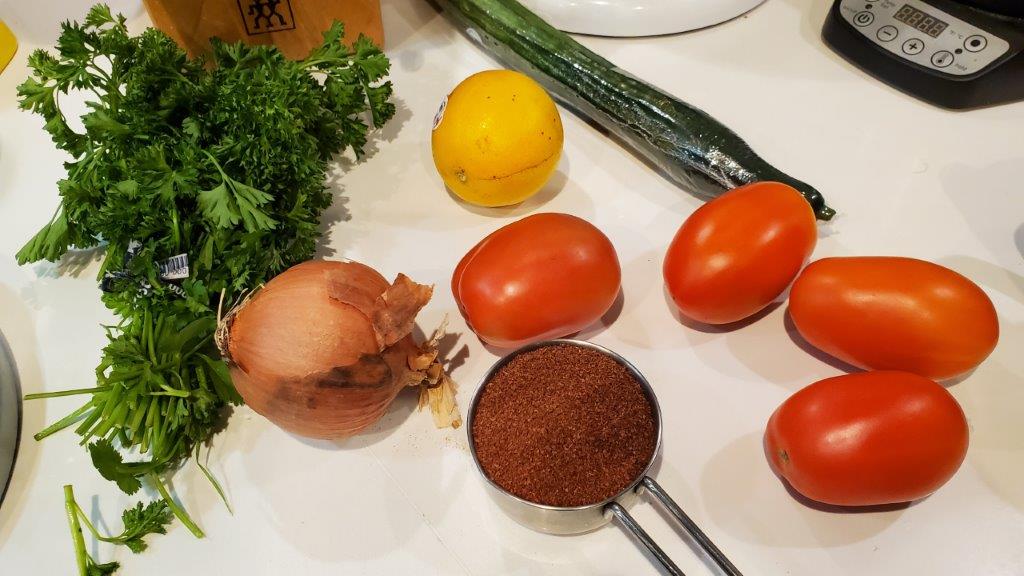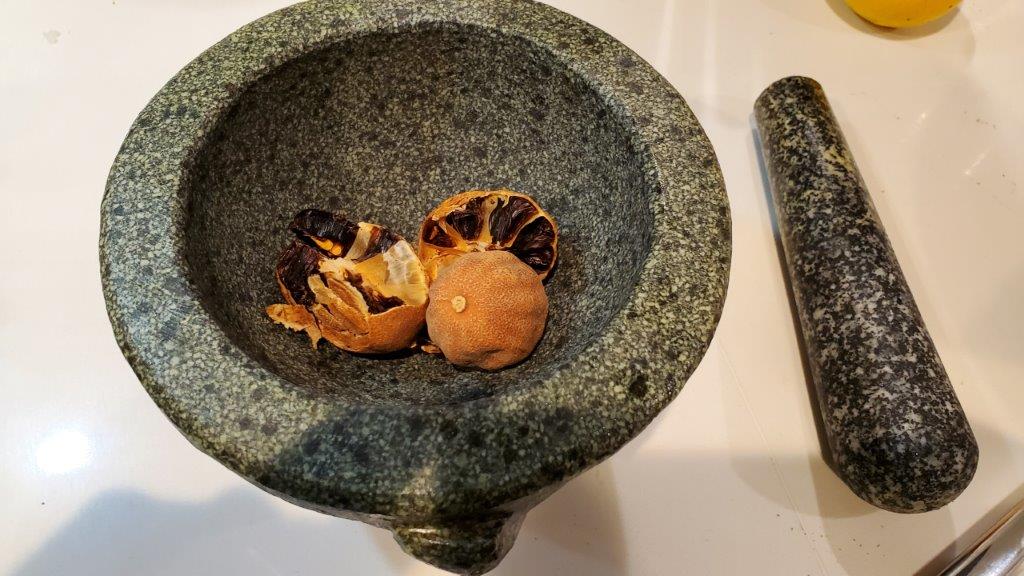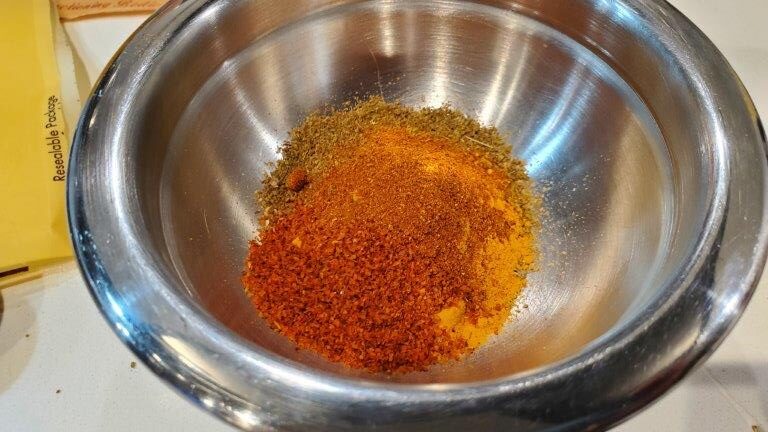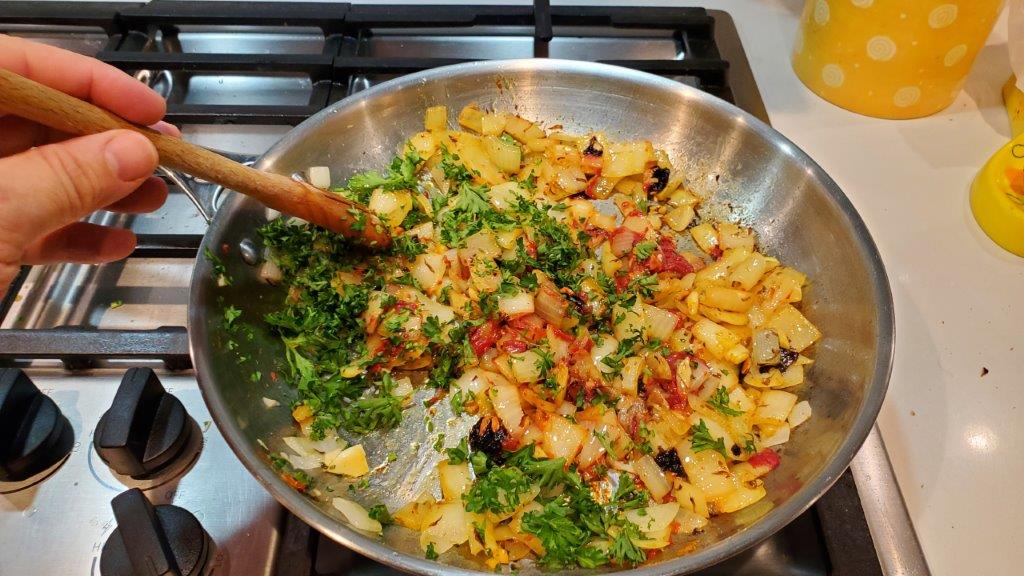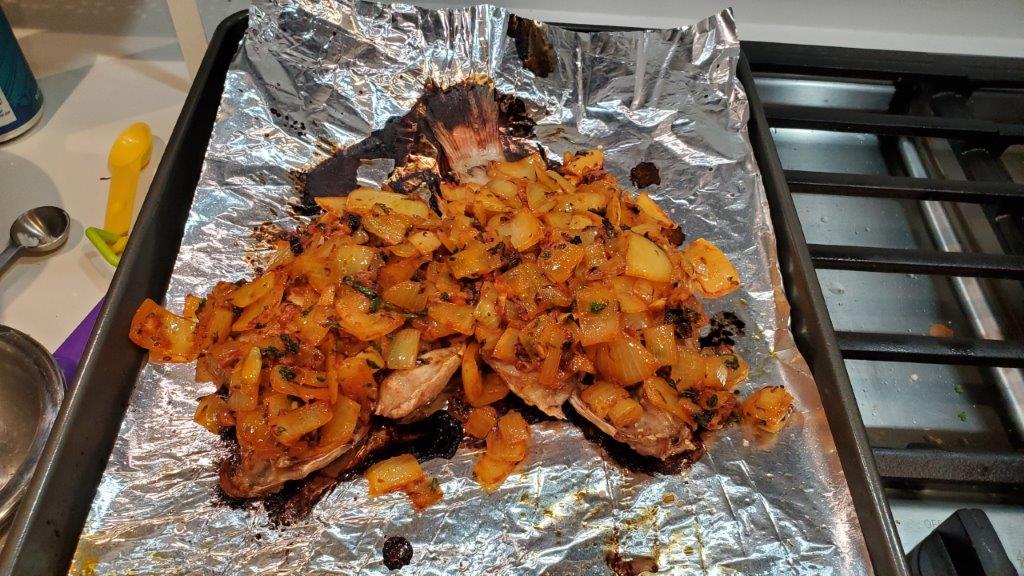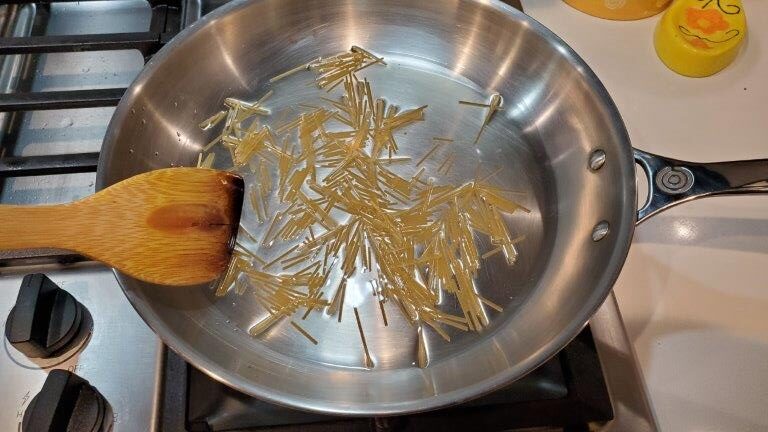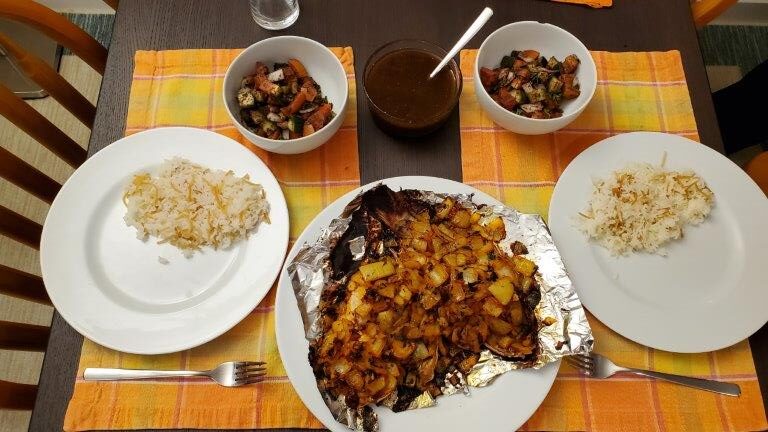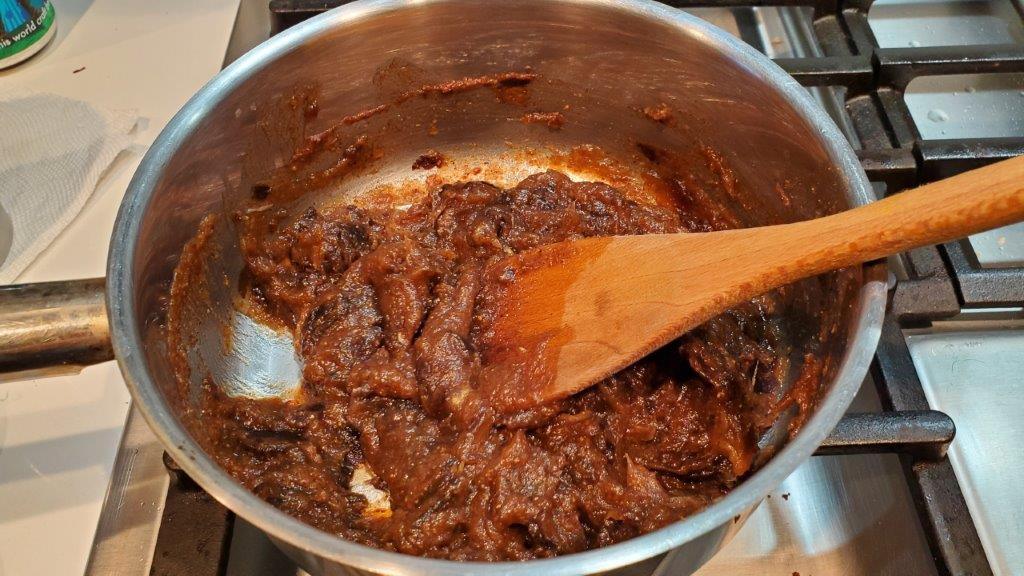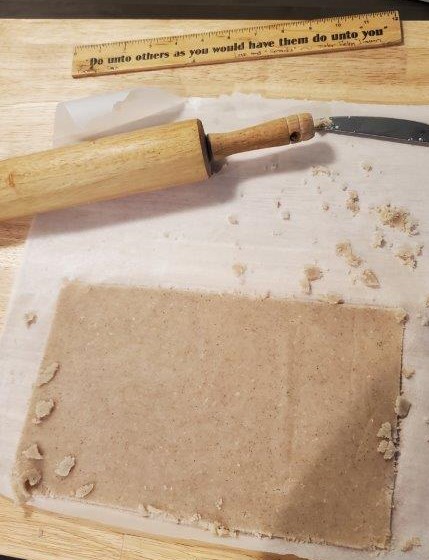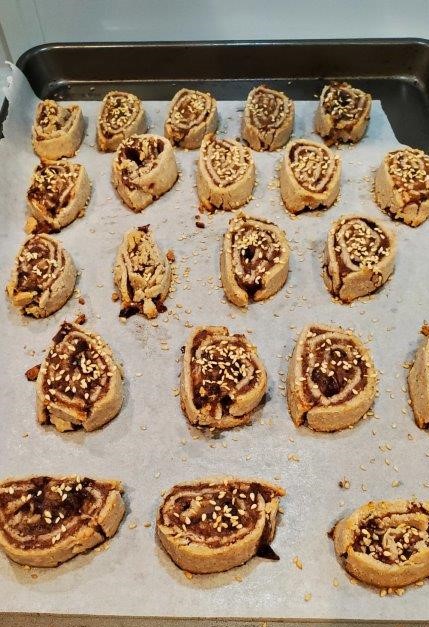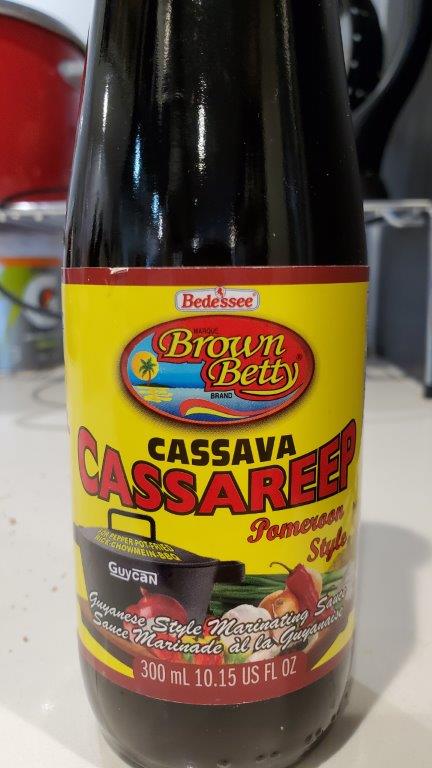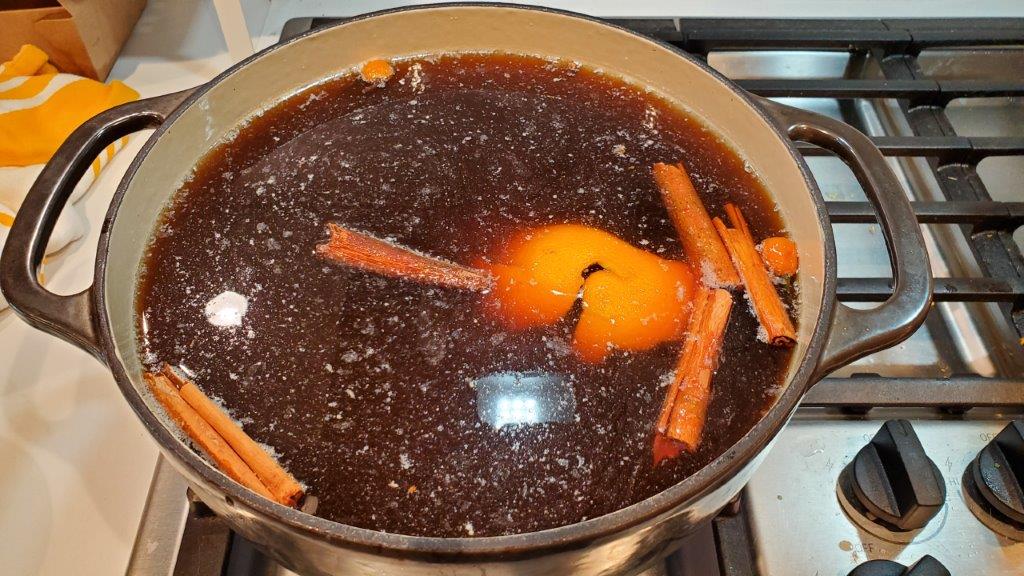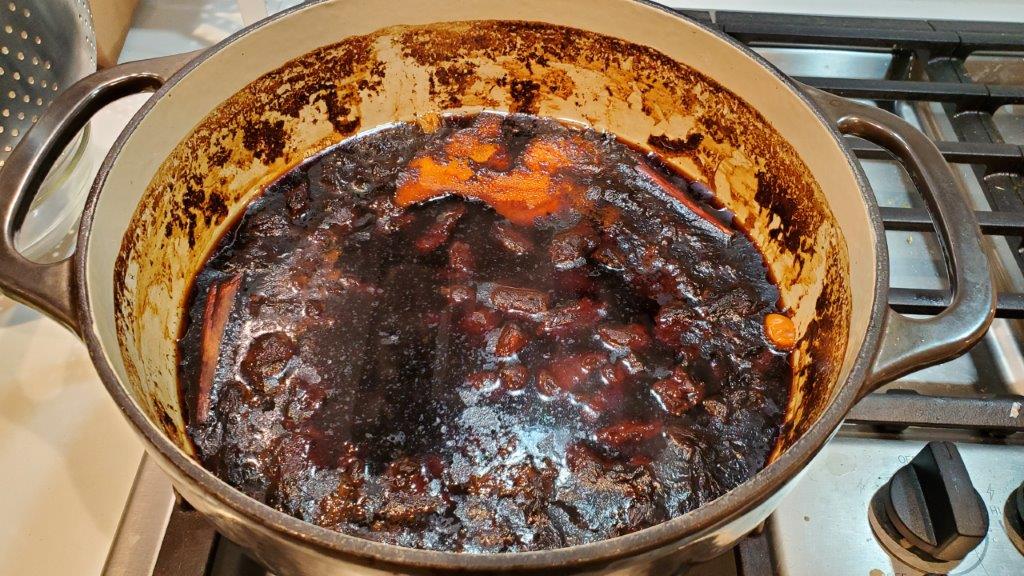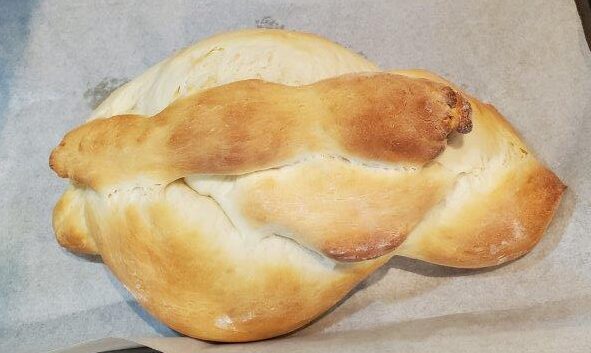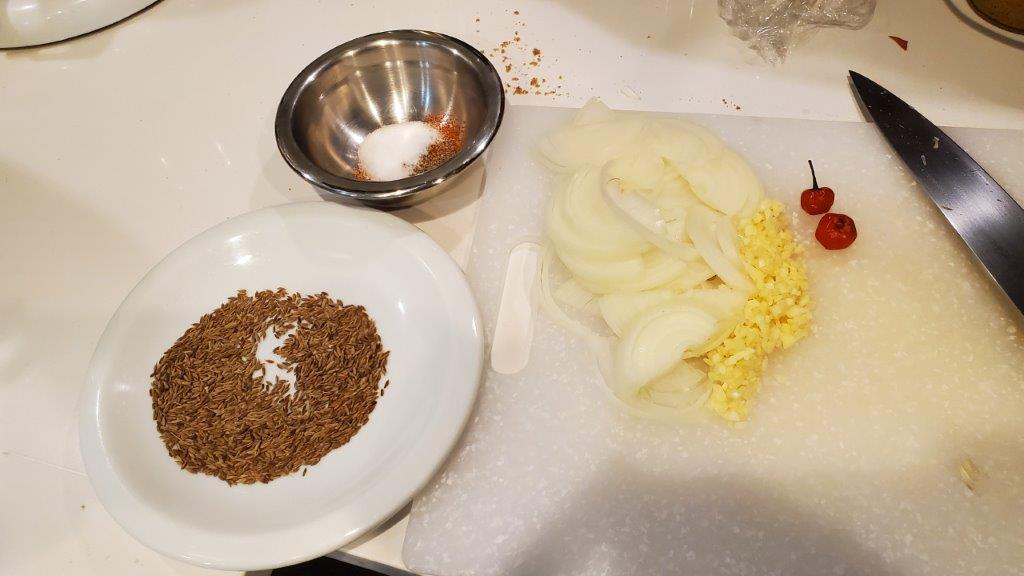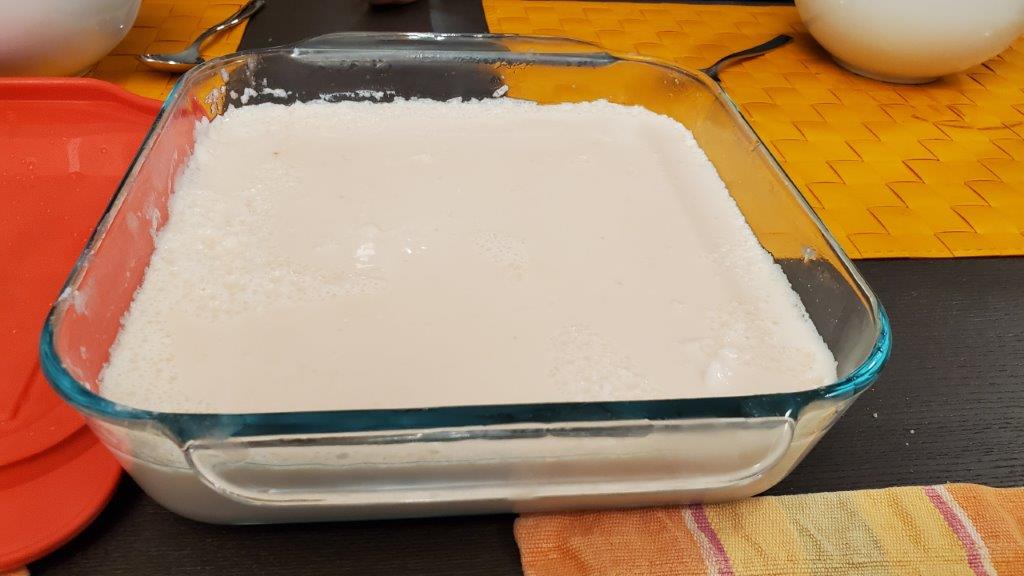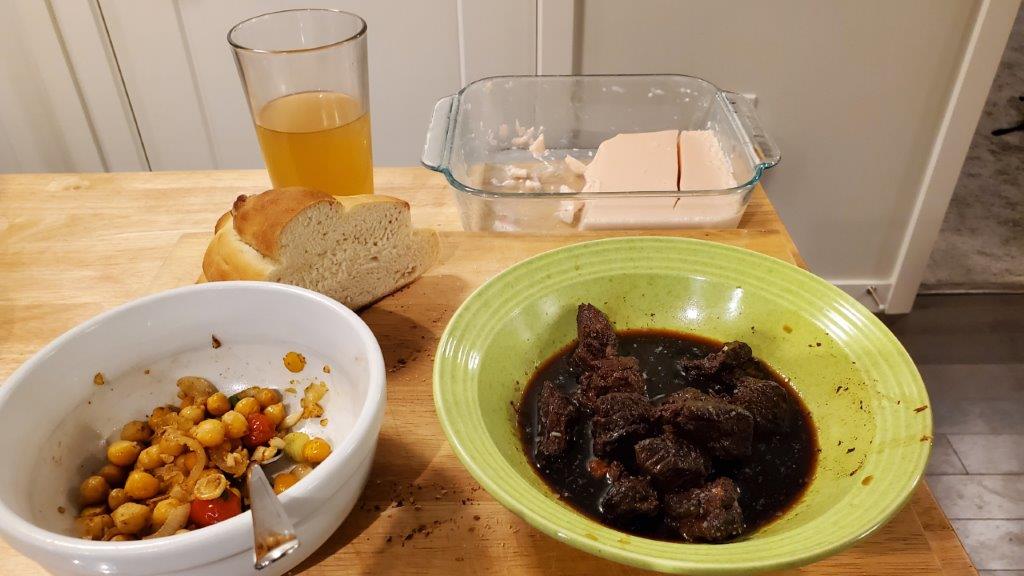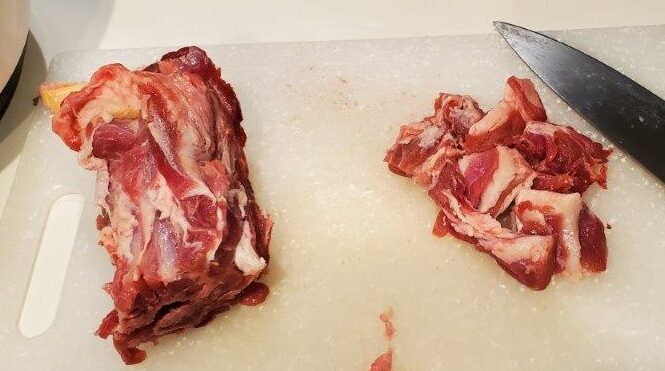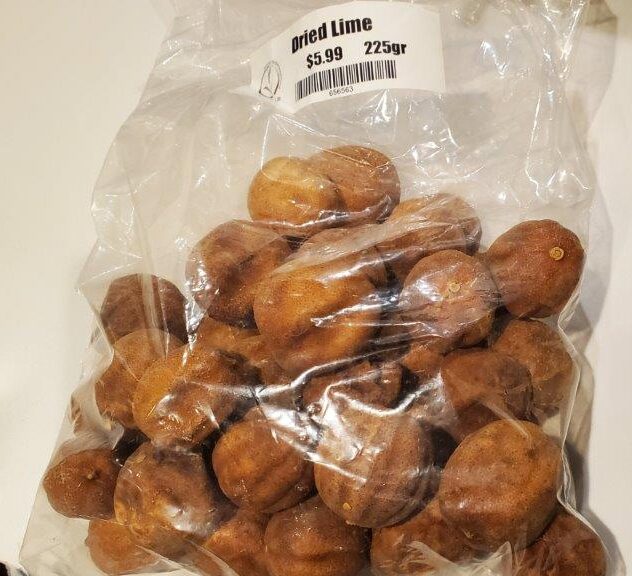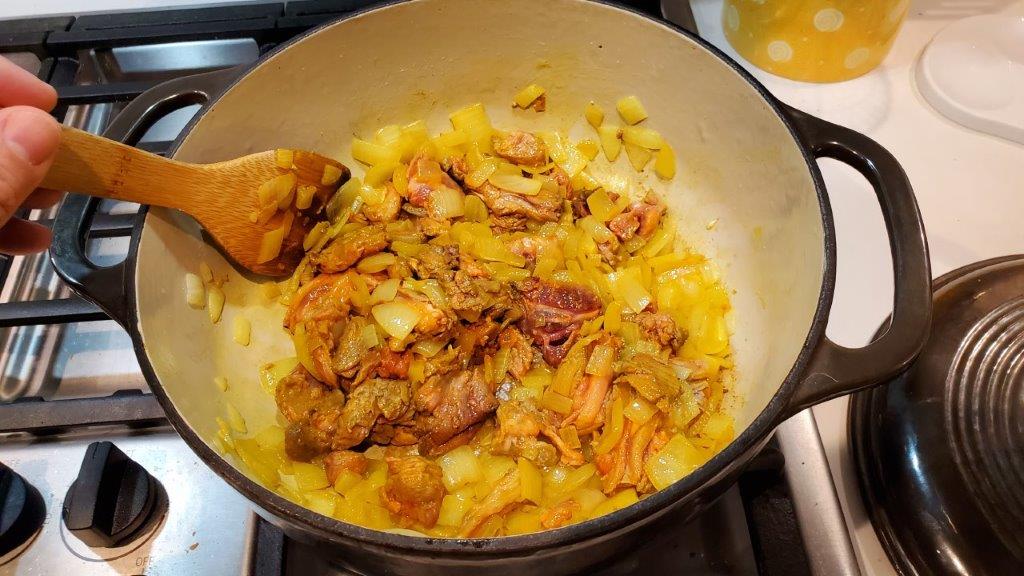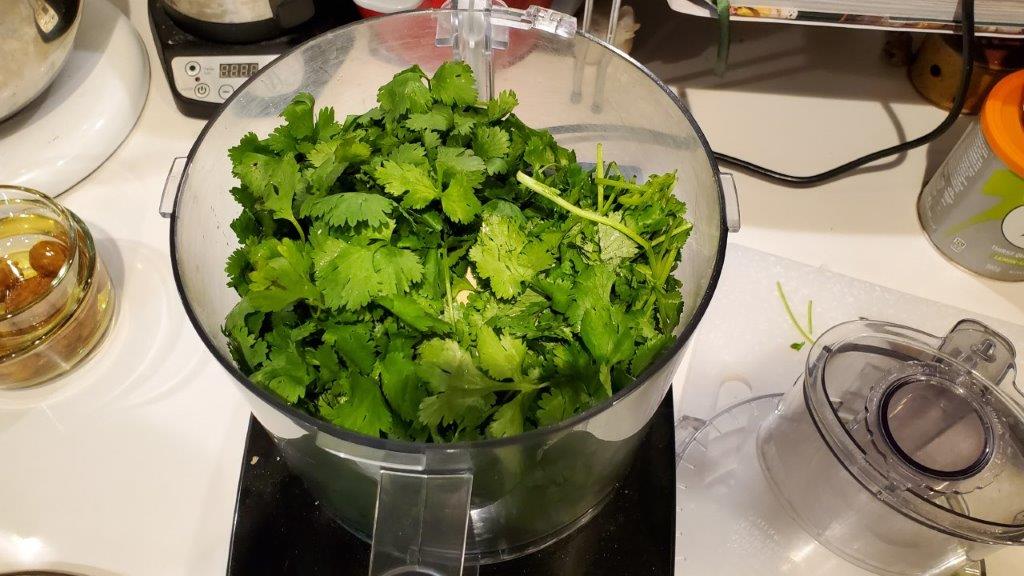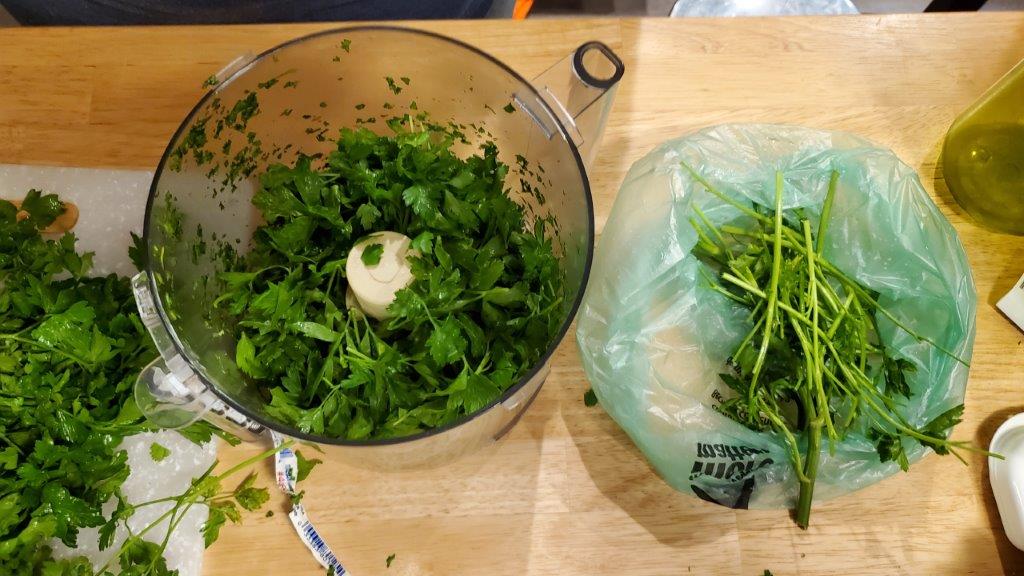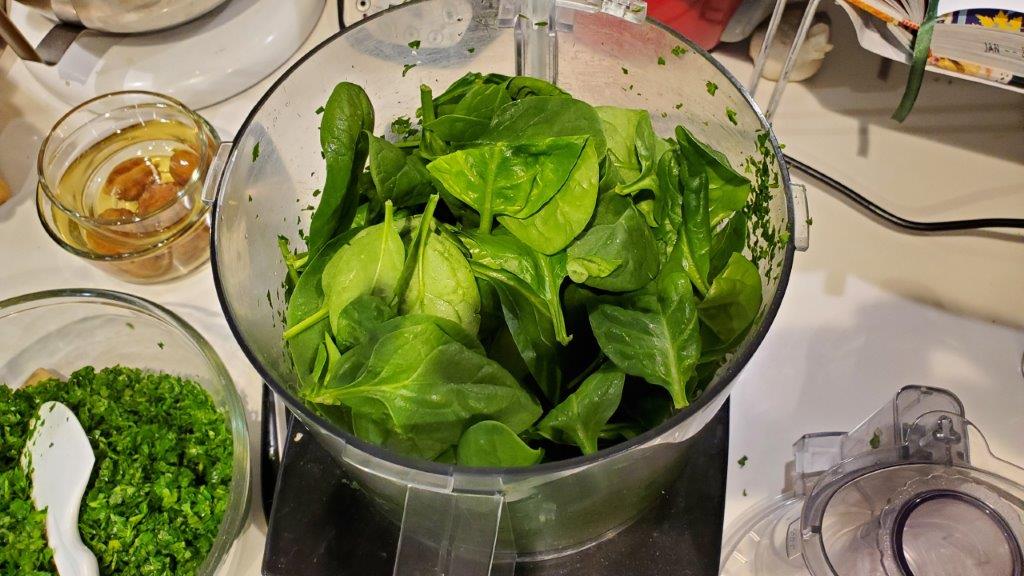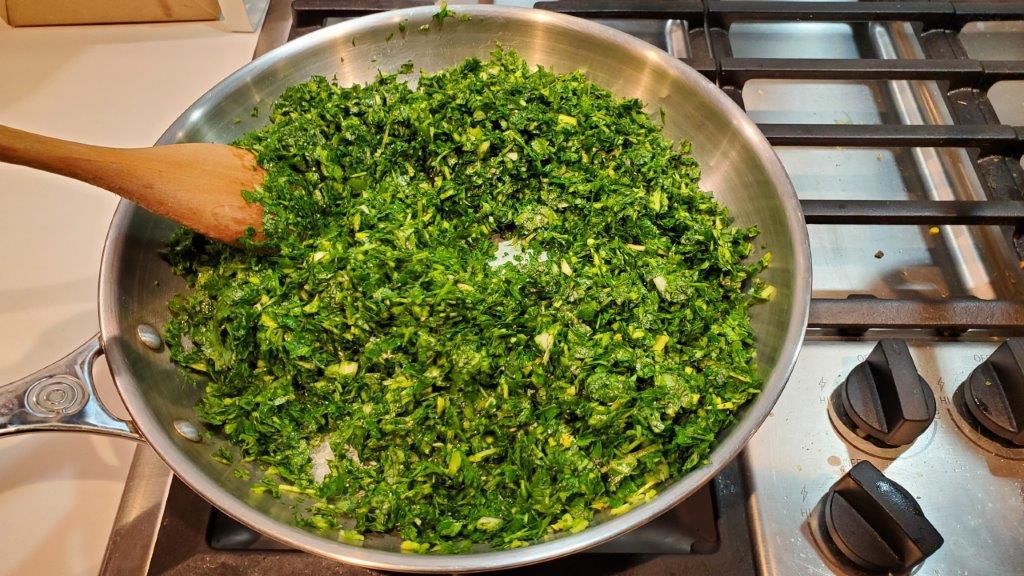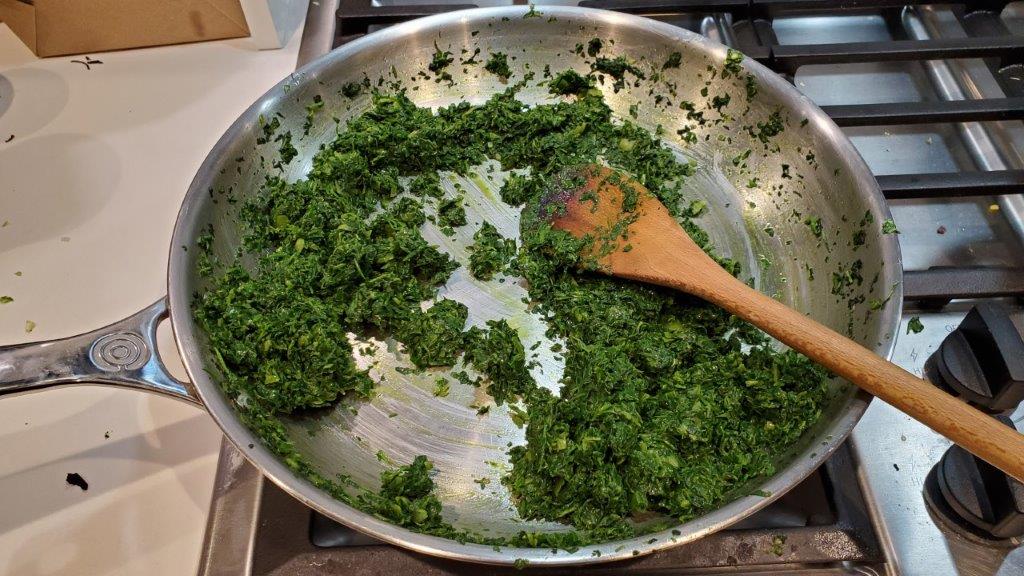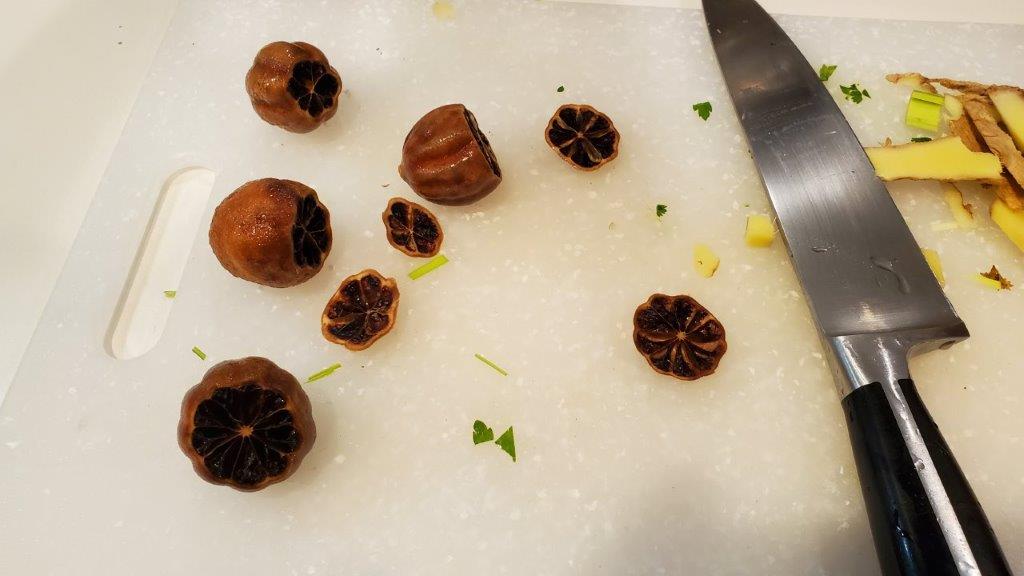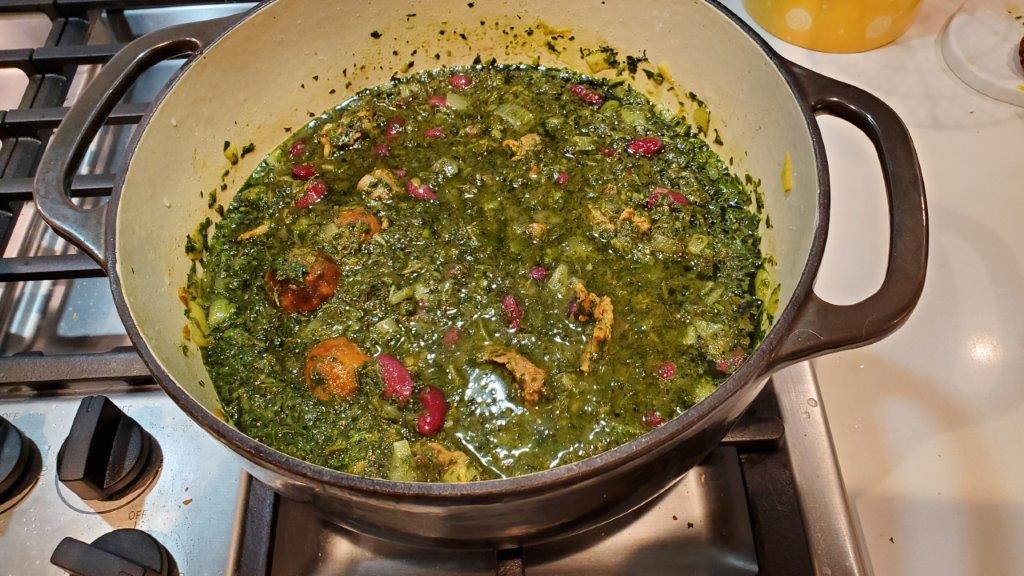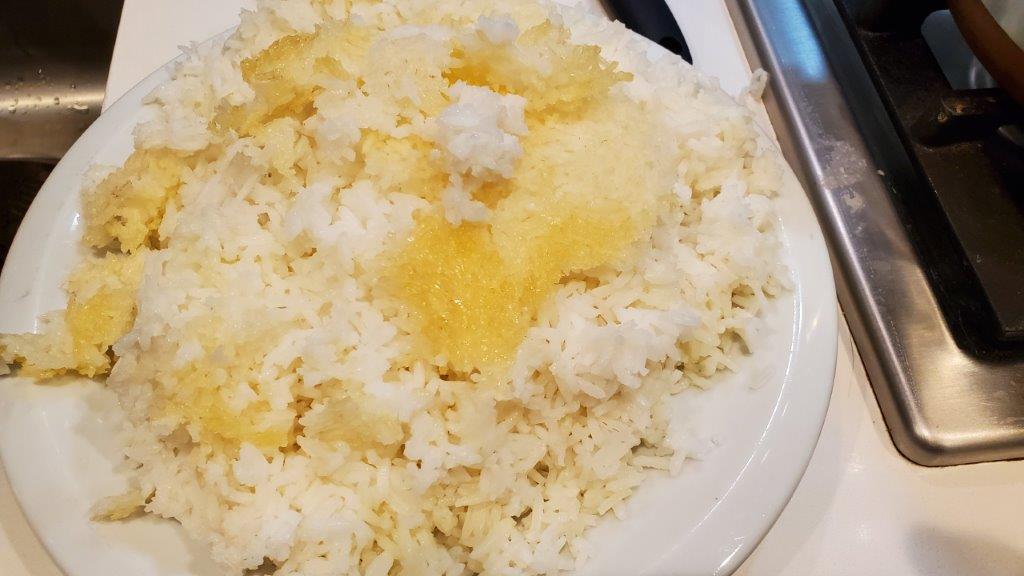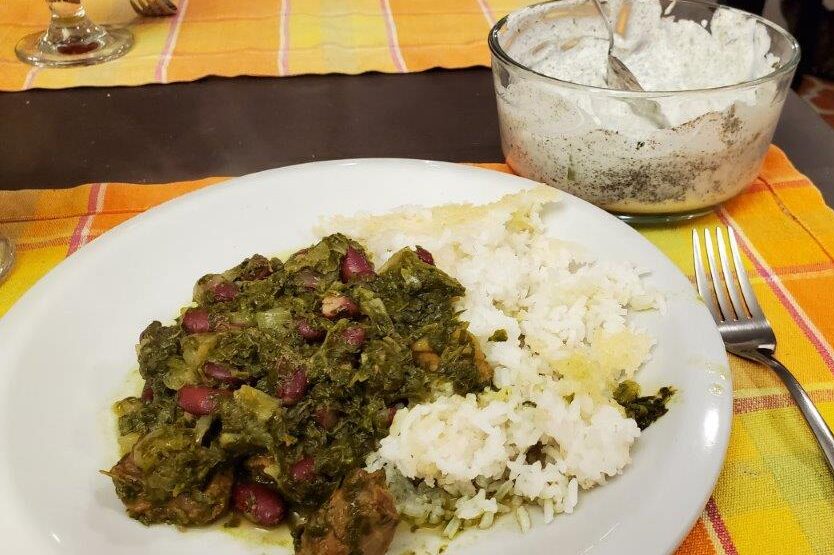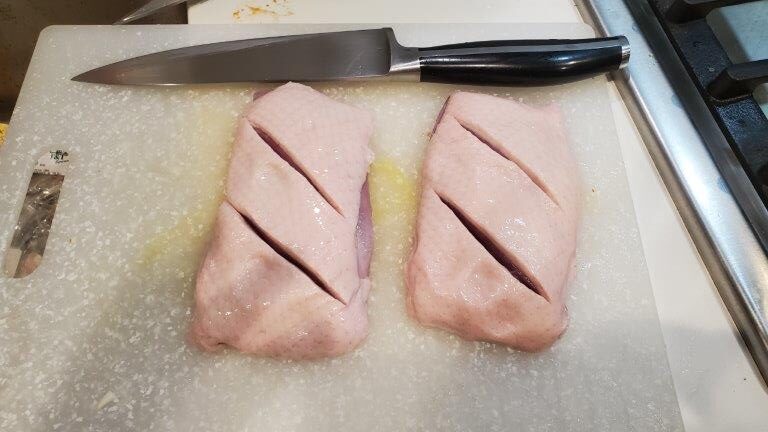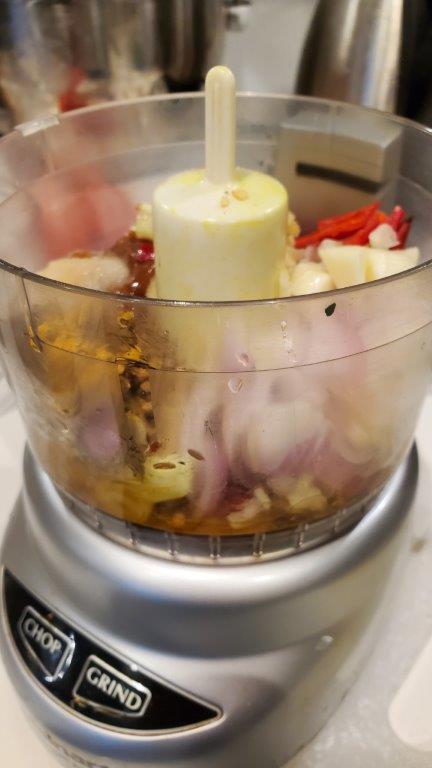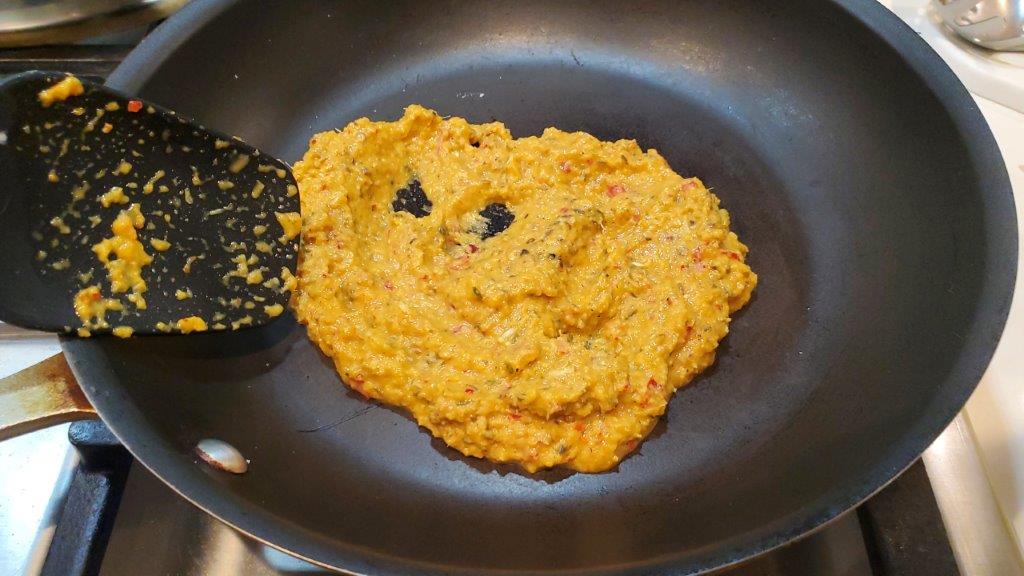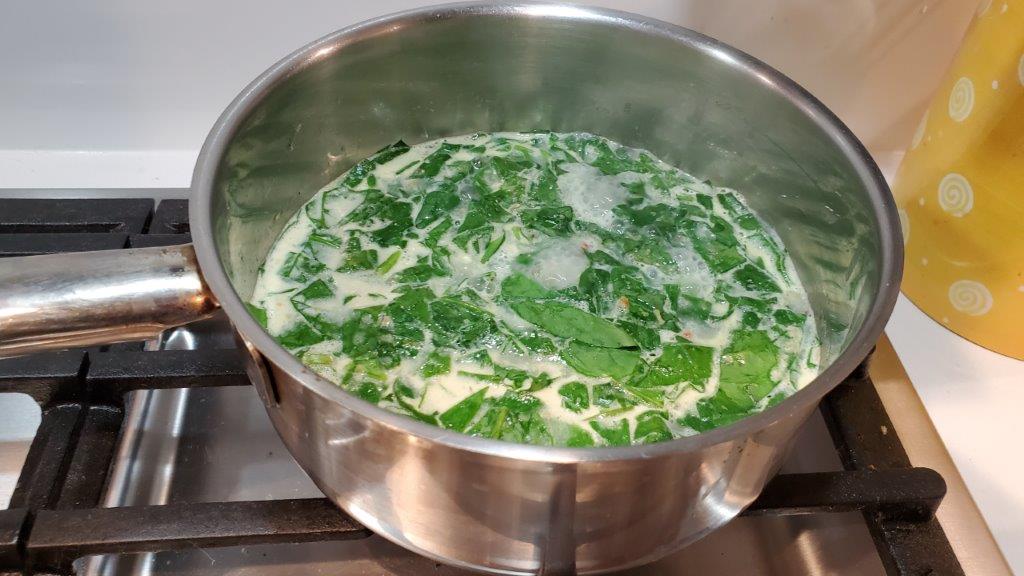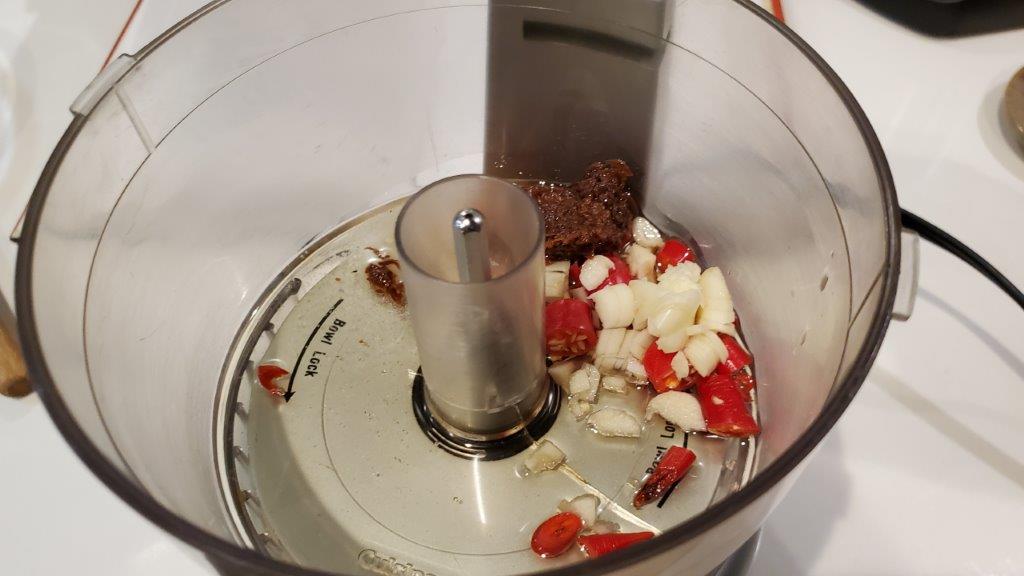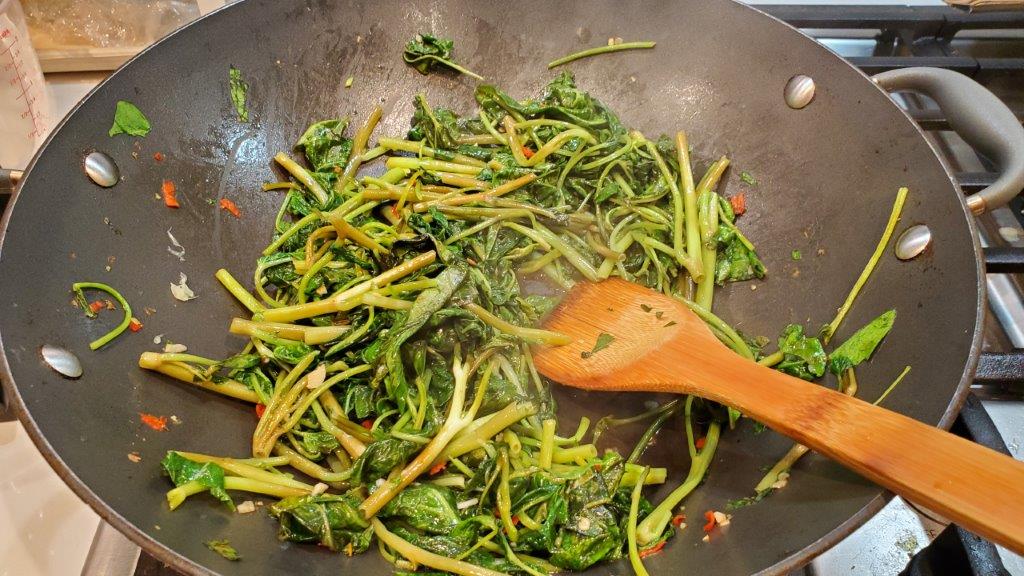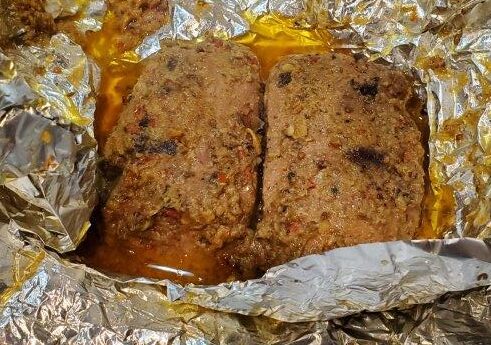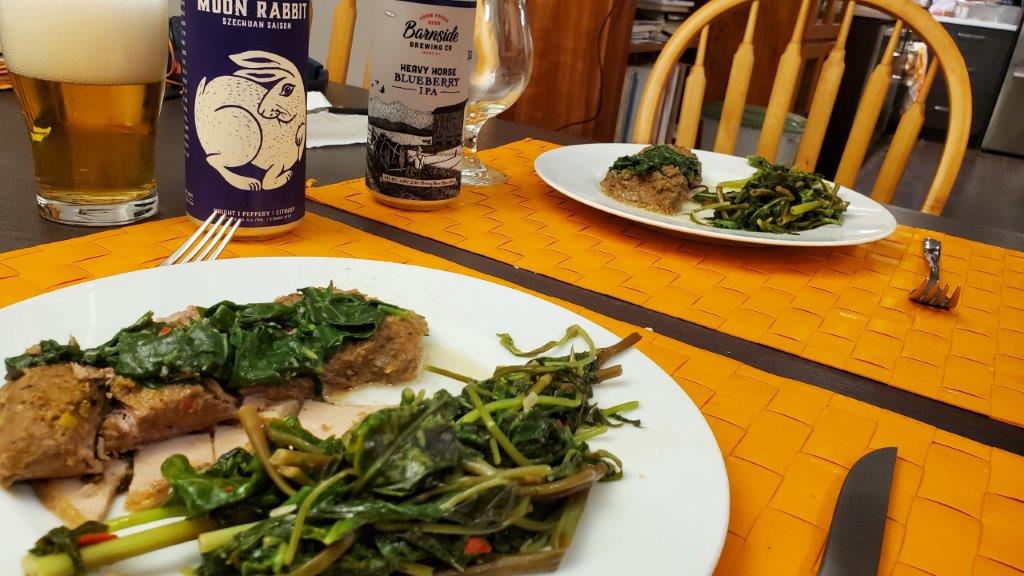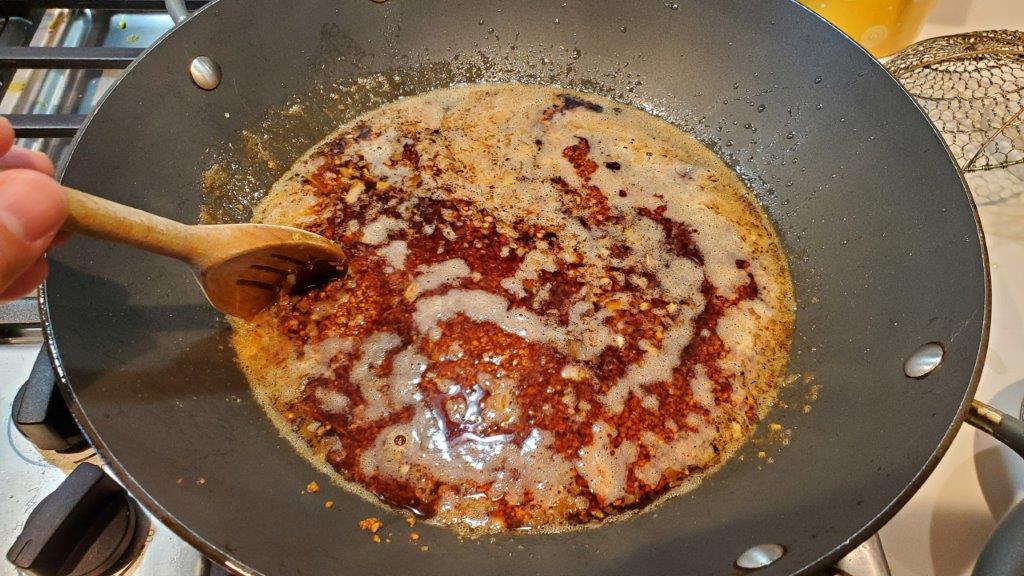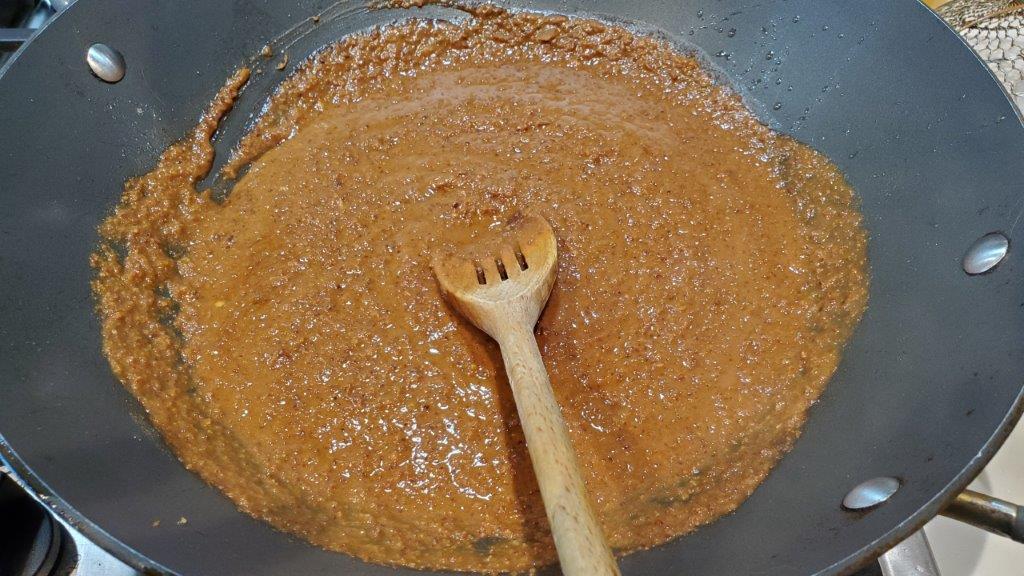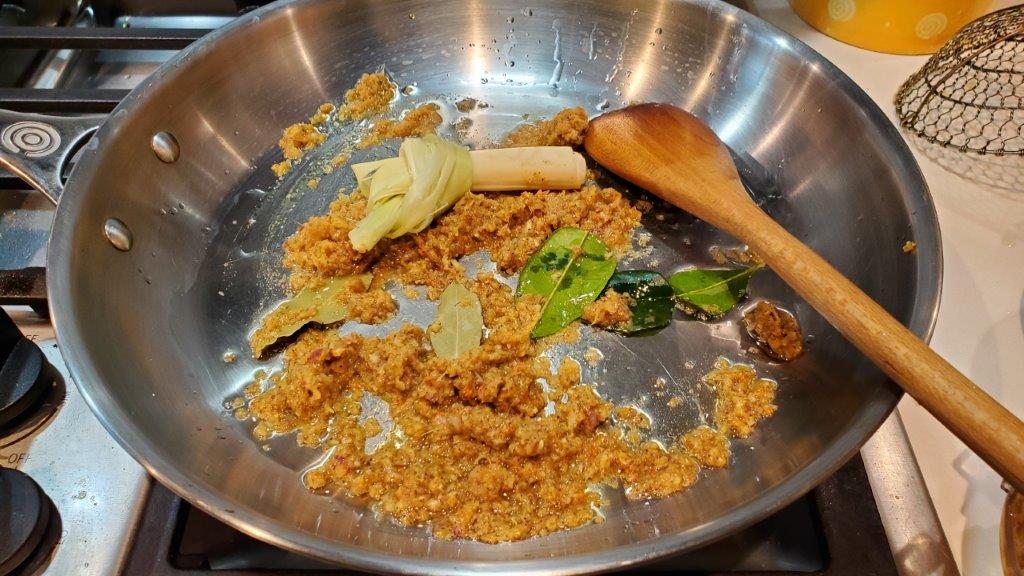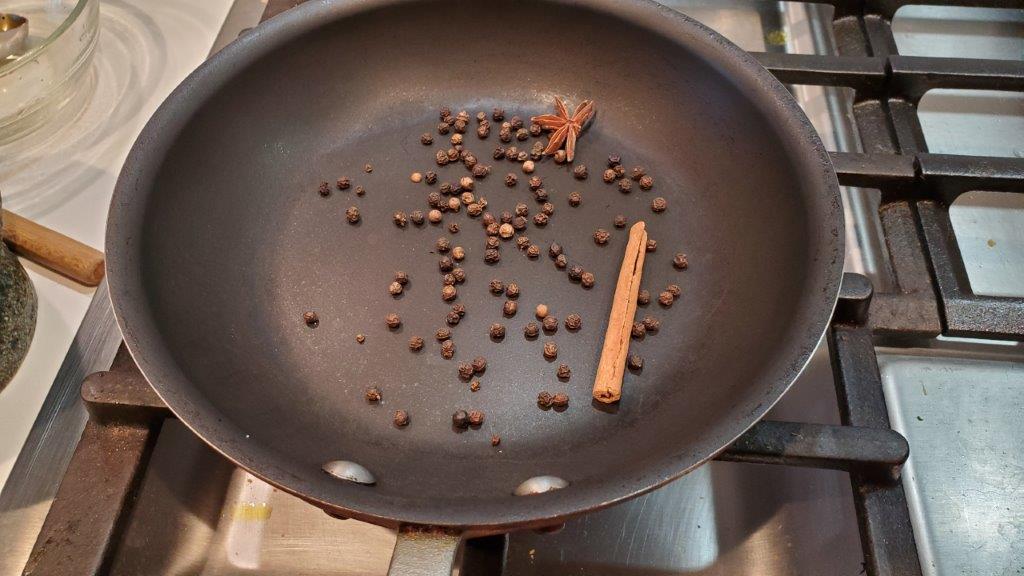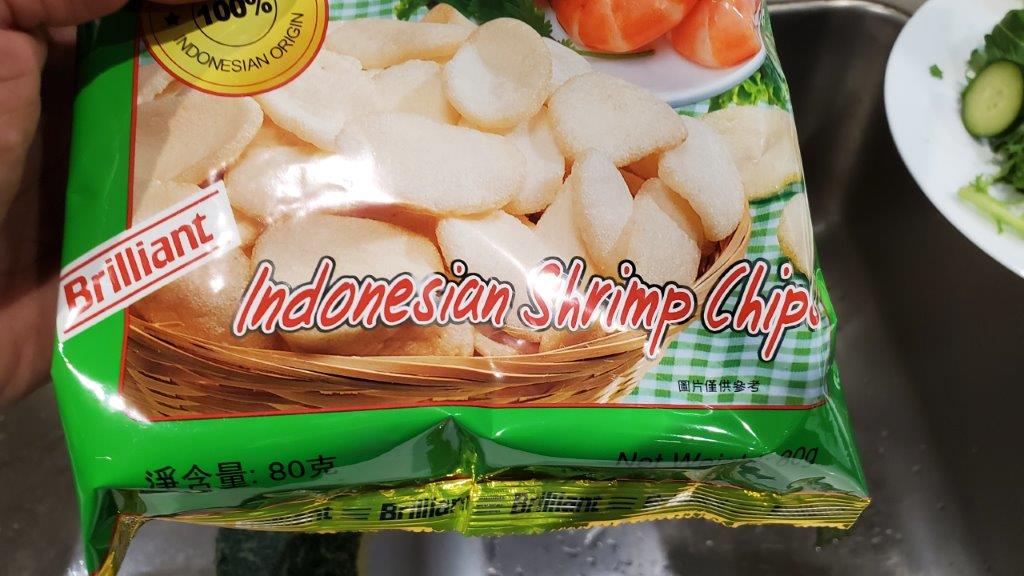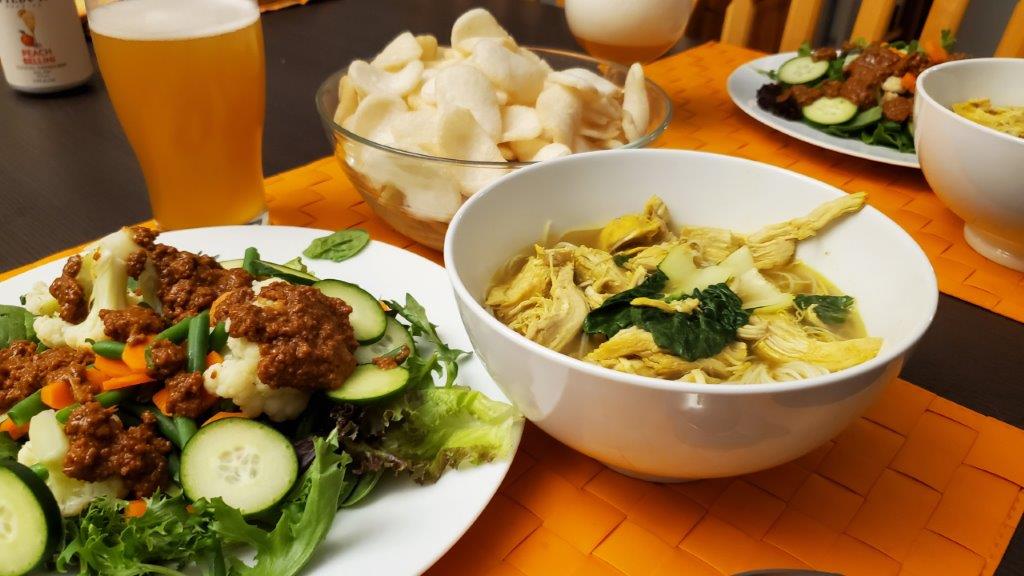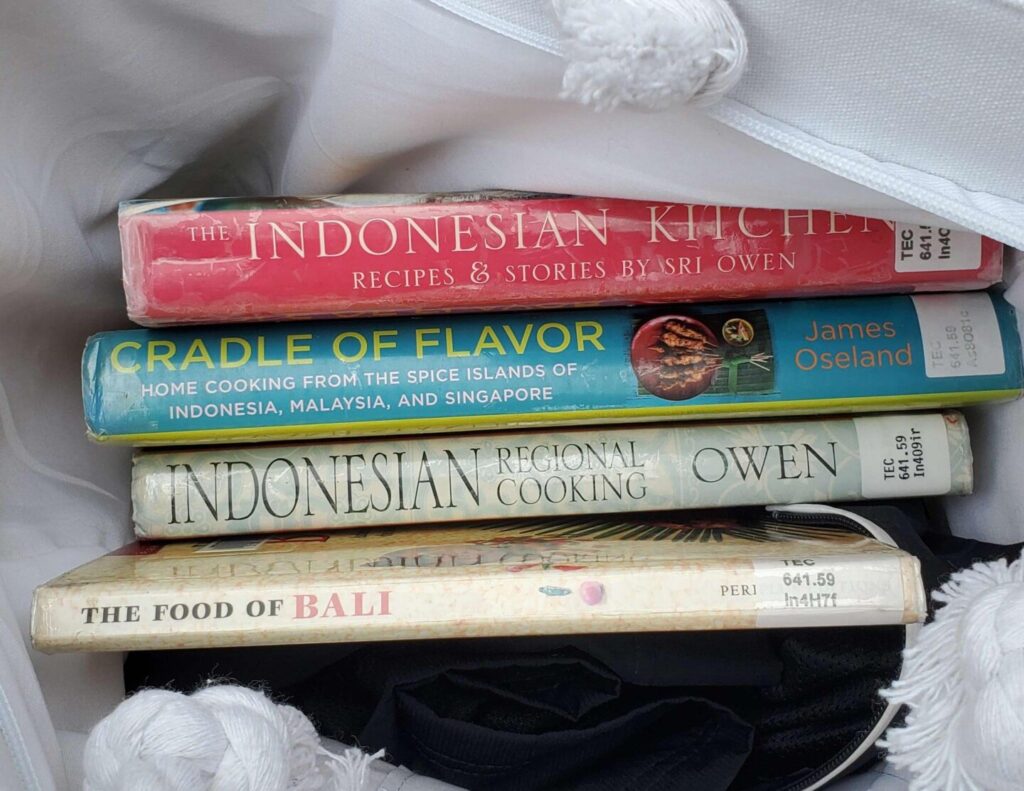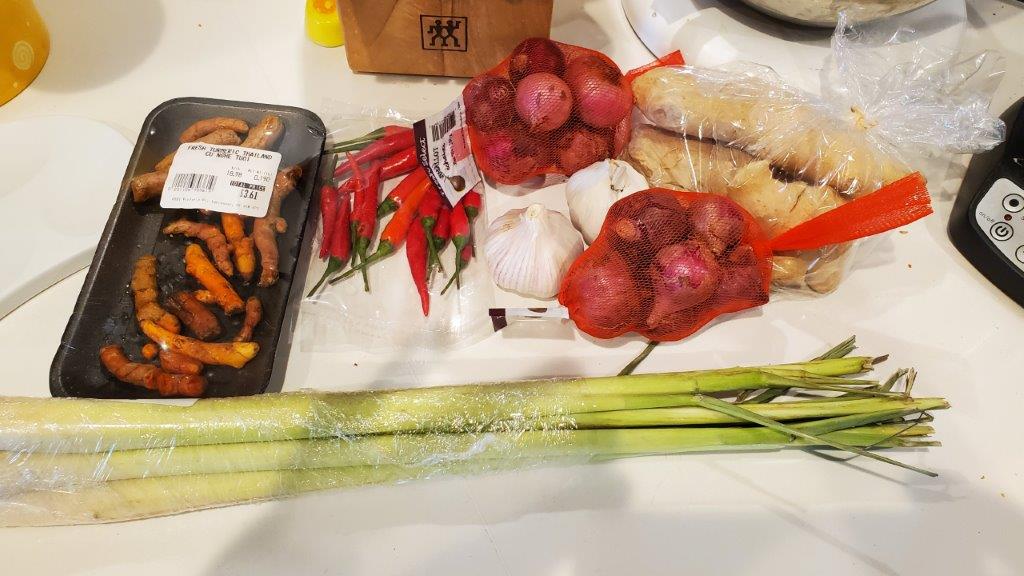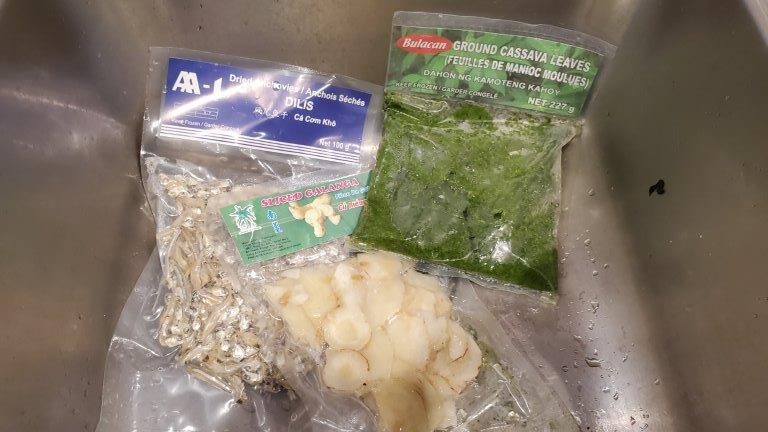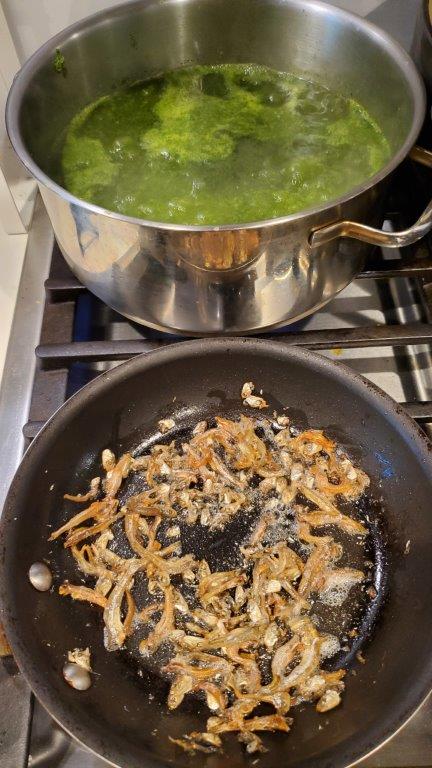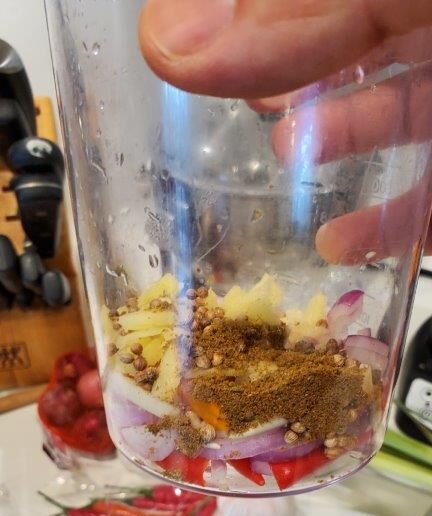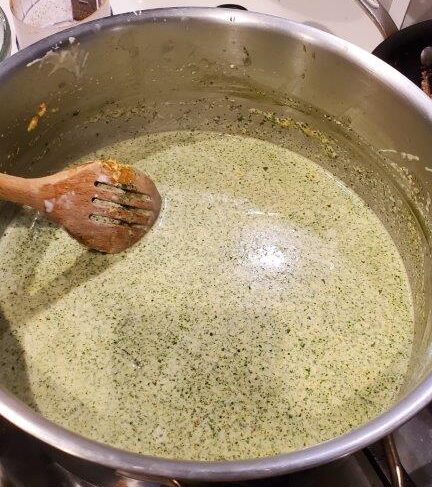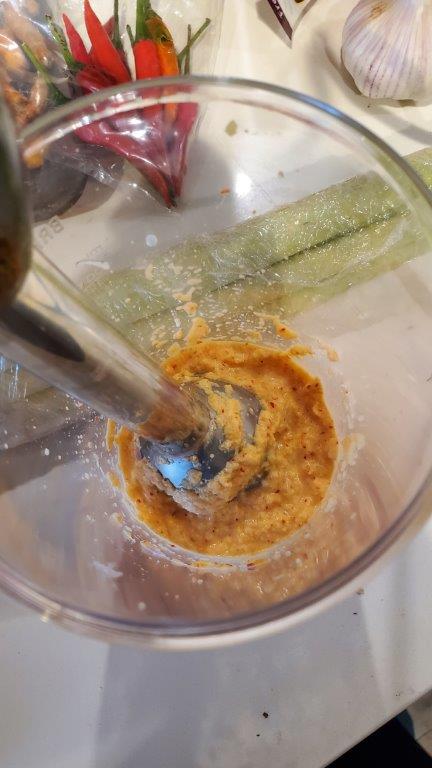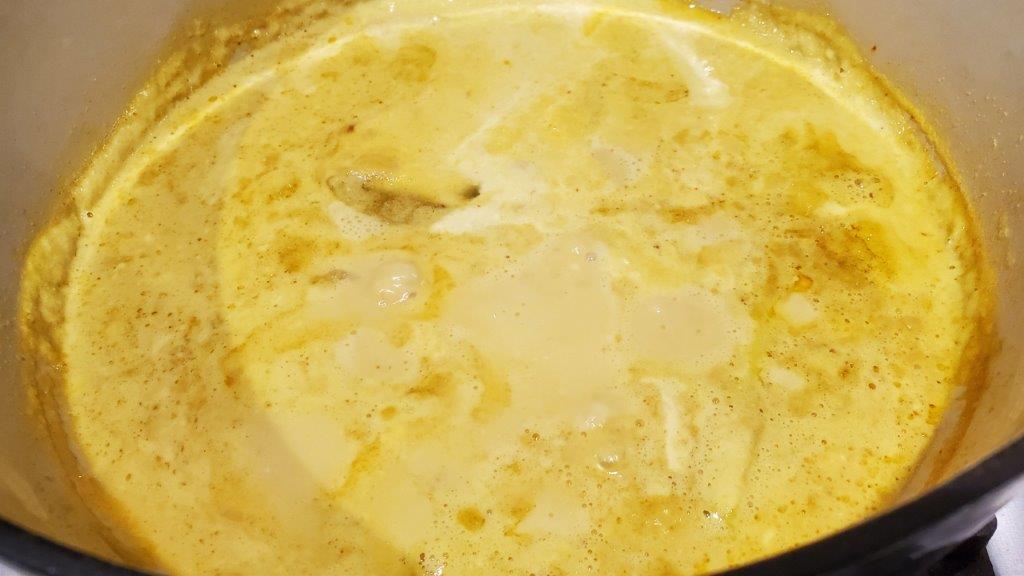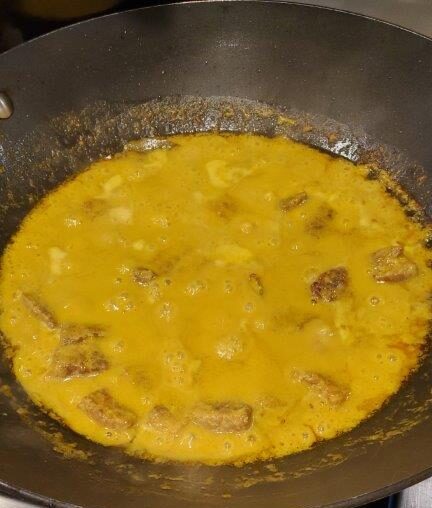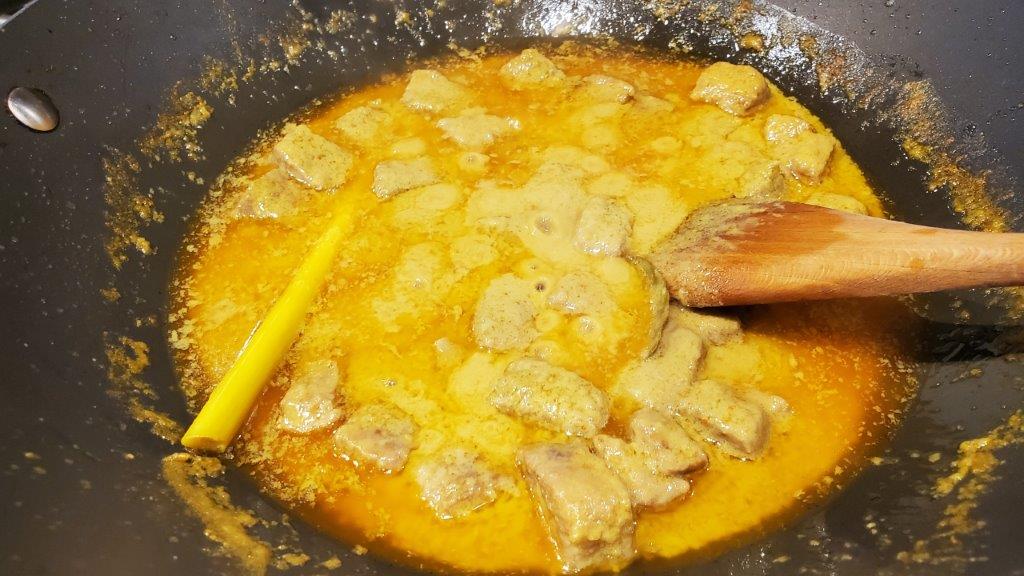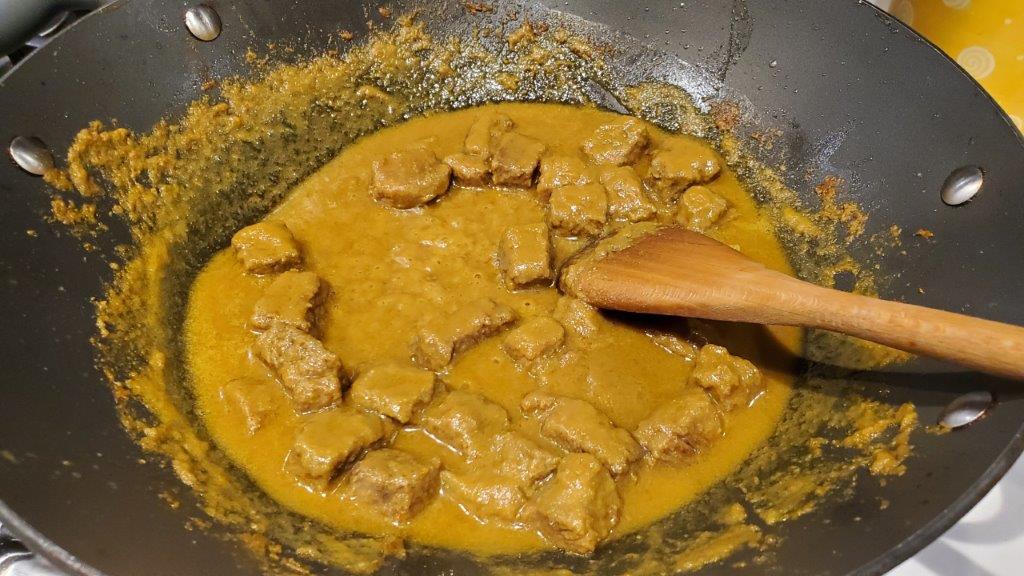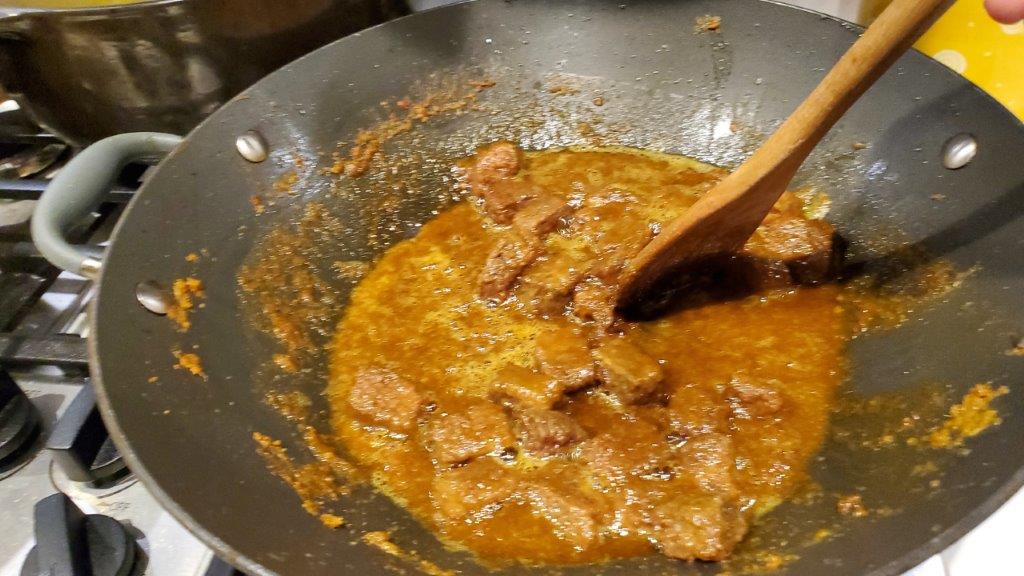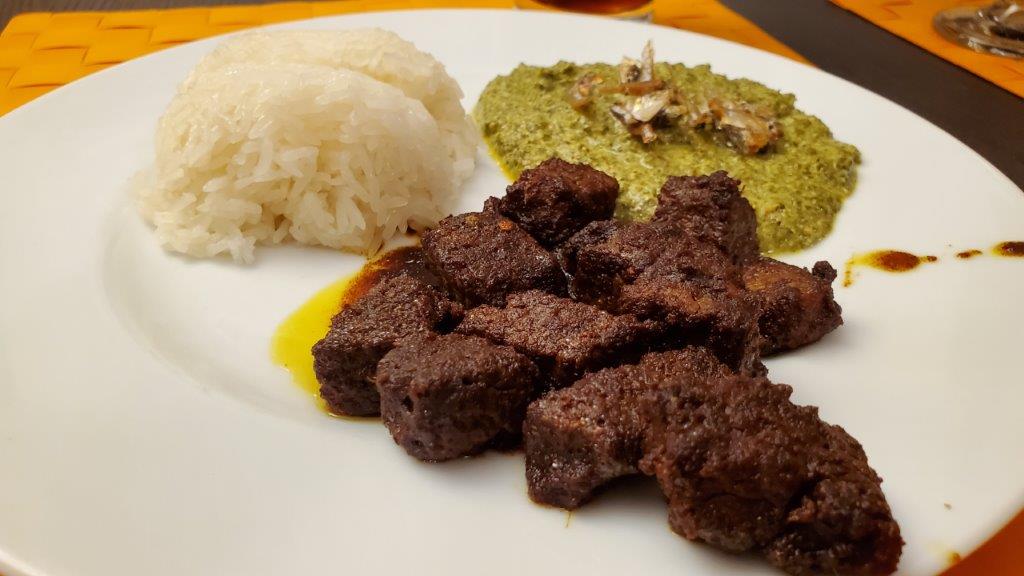We really tried to resist it as being too obvious, but the fact of the matter is that the most iconic dish of southern Italy is the pizza. So let’s do this. One pizza, coming up.
But we’ll at least try to do it right.
Fancy capers, fancy anchovies, fancy cheese, and fancy tomatoes:

The capers and anchovies are for the salad, not the pizza, but I can’t be bothered to clip this into two separate pictures. So we’ll get back to those. The cheese is Fior di Latte, which is Mozzarella made with cows’ milk. Apparently fancy Mozzarella is made with buffalo milk. Pretty sure the shredded stuff in bags you get at your local Safeway is NOT made with buffalo milk, but who knows?
Anyway, this stuff DEFINITELY isn’t. And the tomatoes are San Marzano tomatoes, regarded as the finest canned tomatoes that ARE available at your local Safeway.
Fancy diastatic malt powder:
Don’t ask me what this does, I have no idea. I wasn’t able to find a DOP diastatic malt powder from the Diastia region of Italy, so we just went with this.
For the dough, I was recommended a fancy recipe, which I followed to the letter, but in hindsight, I have serious doubts about the wisdom of that.
First, the flour to water ratio seemed QUITE off. I know pizza doughs can be fairly dry, but this just crumbled. But aggravating that was the problem that the knead time for this recipe was, in hindsight, just absurdly, laughably low. One minute in the stand mixer and three by hand is NOT going develop anything LIKE enough gluten, and in hindsight, it really, really didn’t.
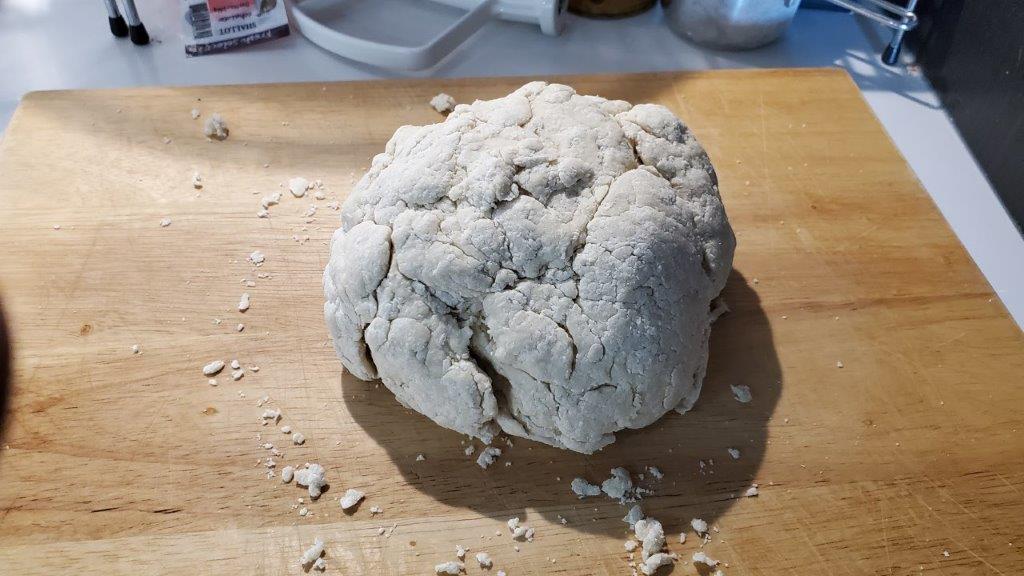
This went into the fridge for two days to ferment, and then it was pizza night!
When I attempted to make the pizza, it was clear something had gone seriously wrong with the dough – it was brittle and crumbly, and there was no way to stretch it out to the desired size. We baked it off for the (far too short) length of time specified in the recipe, and it was basically raw.
However, we were HUNGRY at this point, so we ate the salad (which I will talk about in a minute) and tried again – the dough recipe made three portions. This time we used a rolling pin to get it as thin as possible and just cut the excess off to make a circle. We dropped the amount of sauce from “not much” to “really, really not much”, and cooked it for three times the length of time called for in the recipe. This one wasn’t too bad.
Still not the best pizza we’ve made, but at least over the line into “edible.” What’s madding is that we’ve made much better pizza on numerous occasions with far less effort, but when we tried to pull out all the stops, it seemed to make things dramatically worse.
The tomato sauce was delicious, anyway. As was the salad. So let’s talk about that!
We made Escarole alla monachina, which is a warm salad made with bitter greens (obviously escarole for preference, but we didn’t find that), anchovies, capers, pine nuts, and raisins. (Olives too, but we left those out.) And boy howdy, did the fancy anchovies and capers make a difference. Here’s the salad still cooking:
And here’s the final product with the sad failed pizza cropped out:

This was REALLY the standout of the evening. The second pizza was fine, but the umami blast from the anchovies, combined with the sweet raisins, tart capers, and crunchy pine nuts, was just stunning. Would make for guests, if I didn’t have to buy a 50 gallon drum of greens to wilt down to more than two servings.
So that’s our southern Italian attempt – an excellent salad, and a not great pizza. We know it’s not you, Naples, it’s us.
Next time, Sicily!
Recipe: (not going to bother linking the pizza one)
Escarole alla monachina

